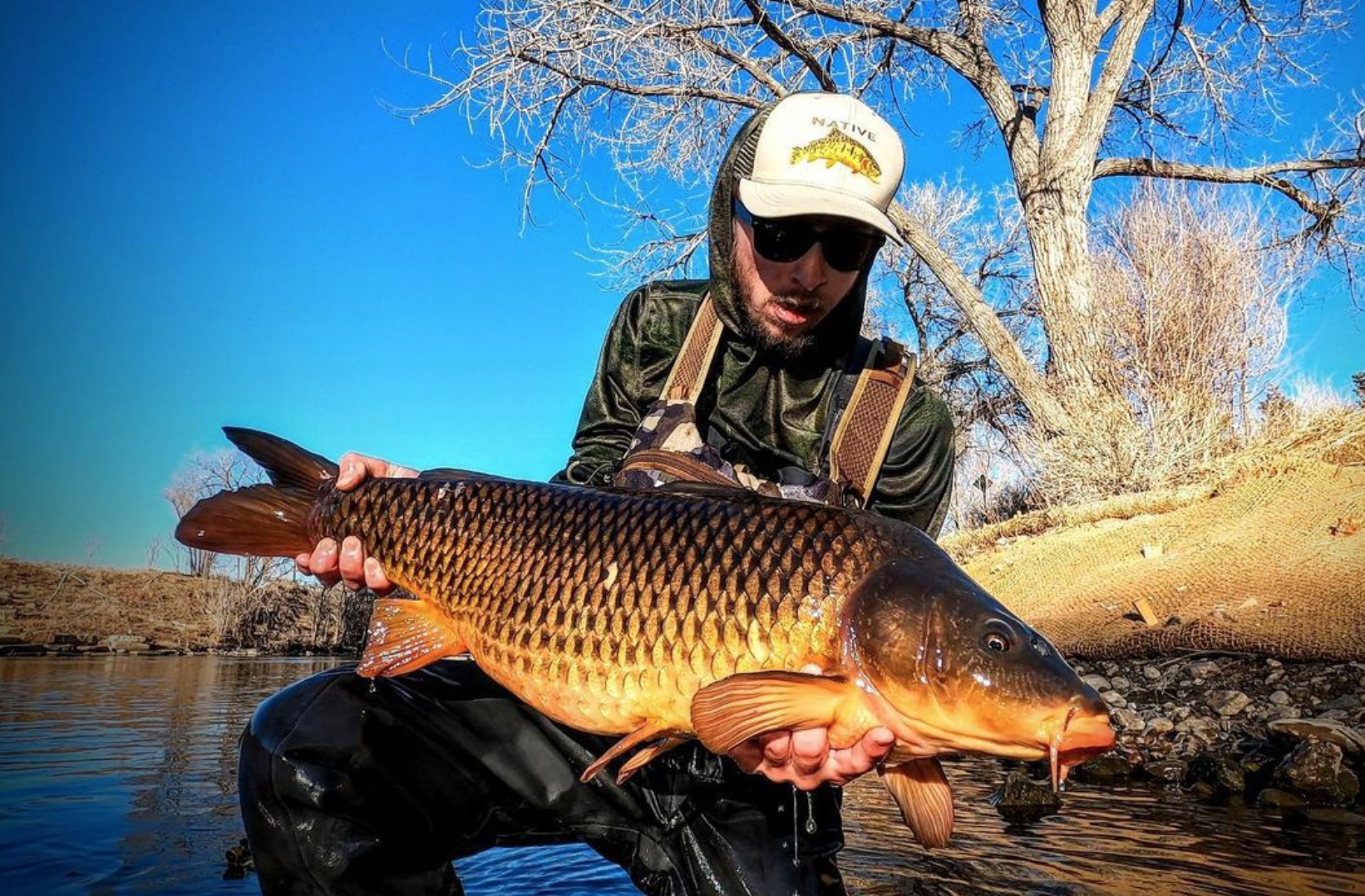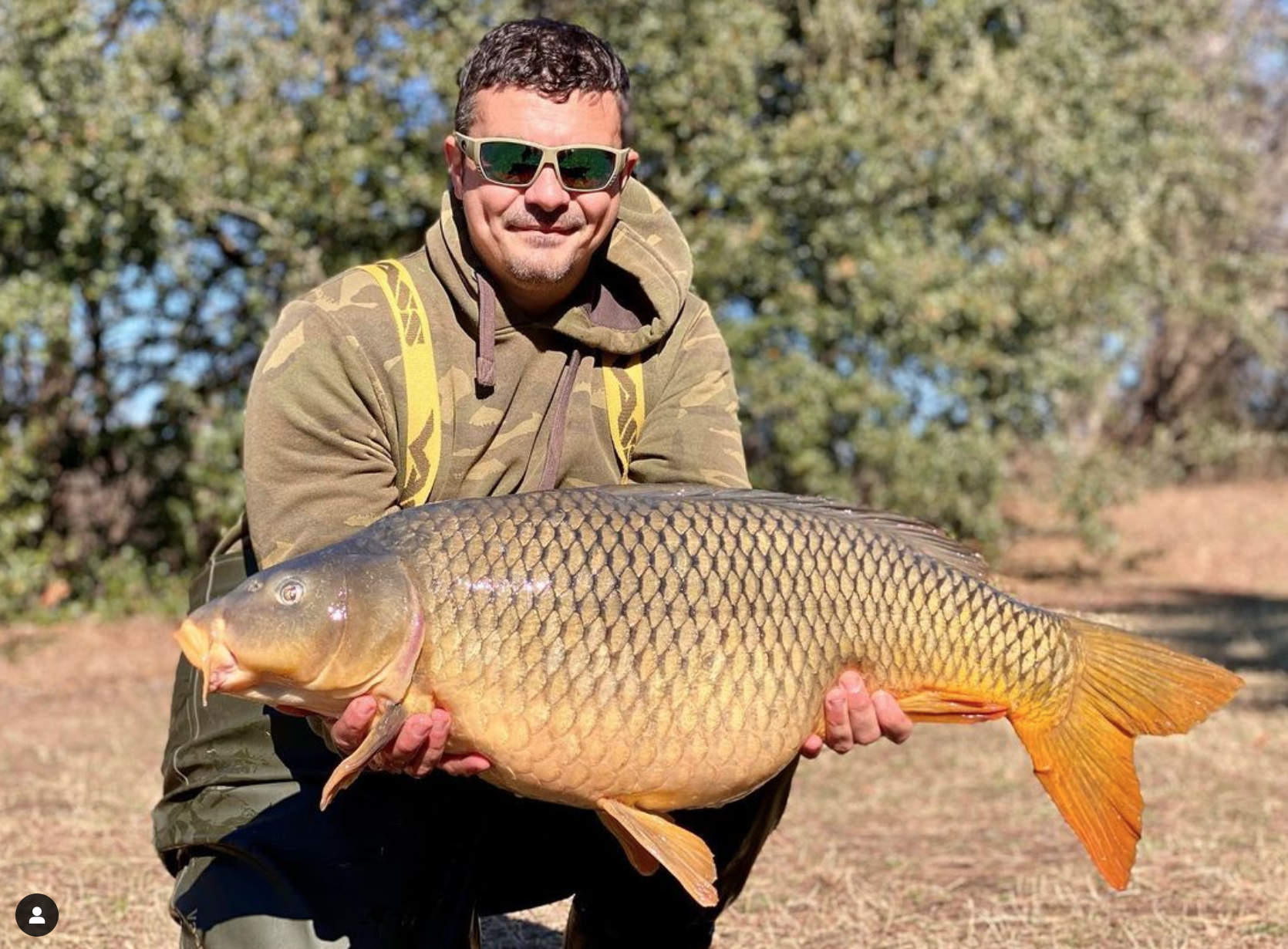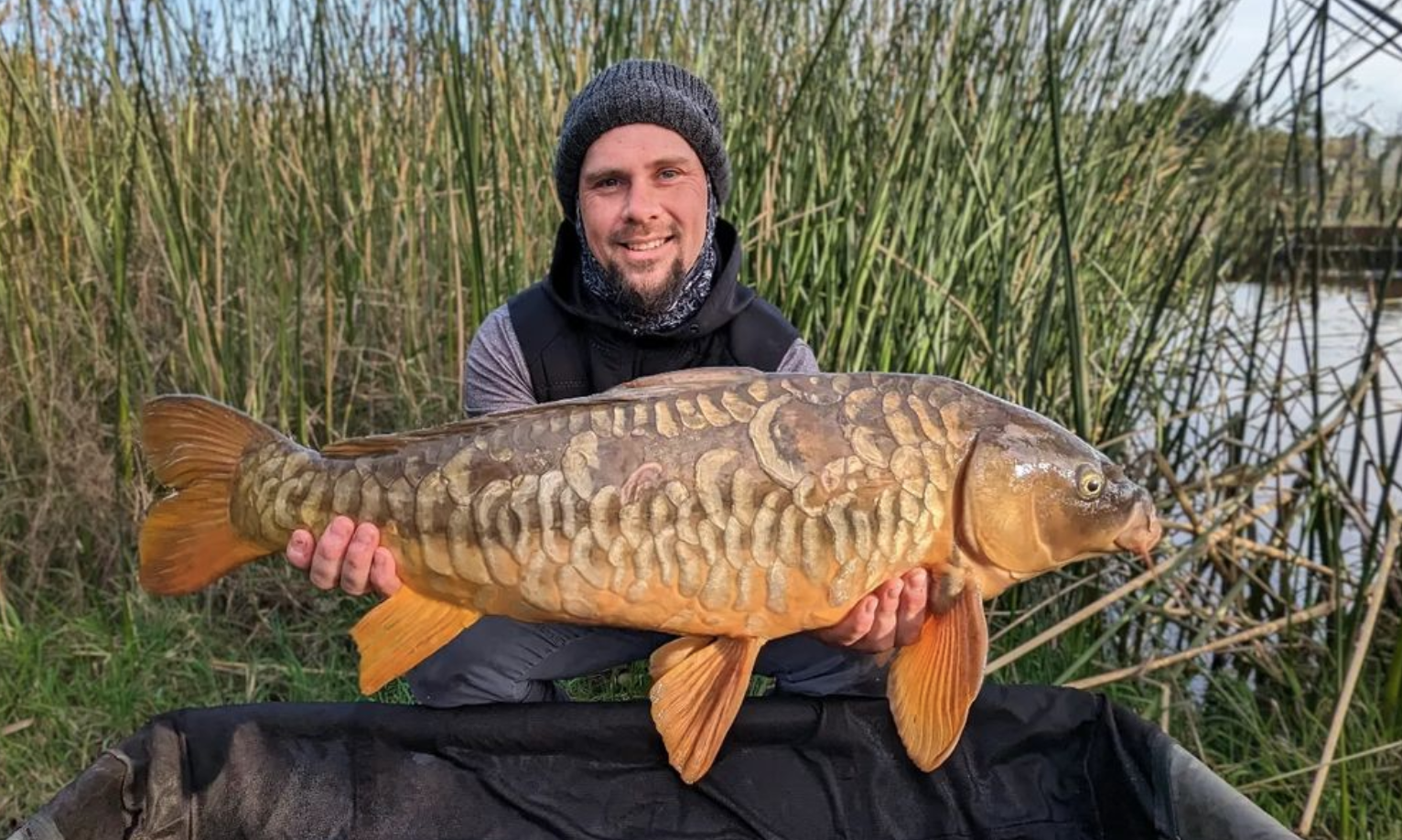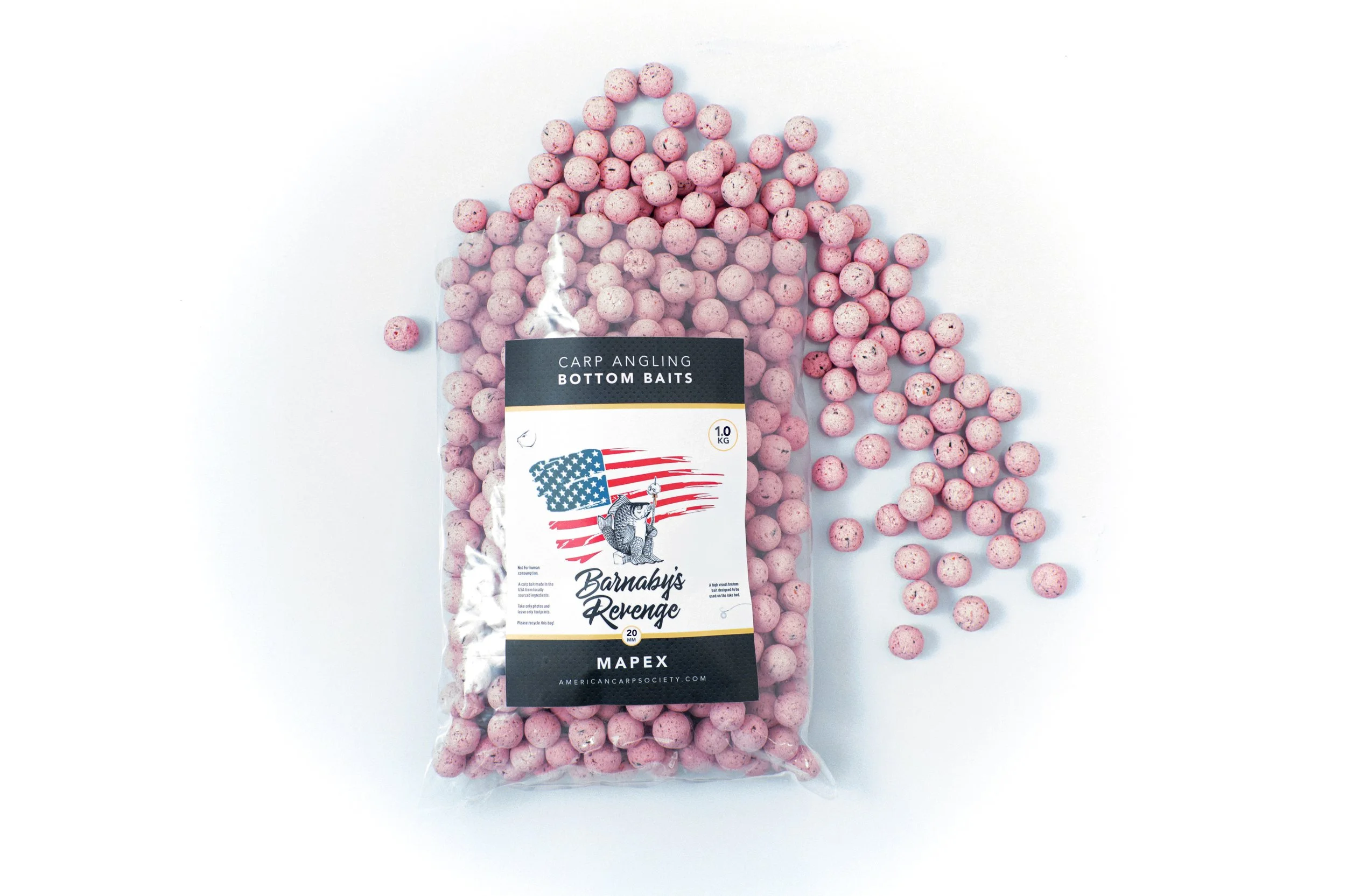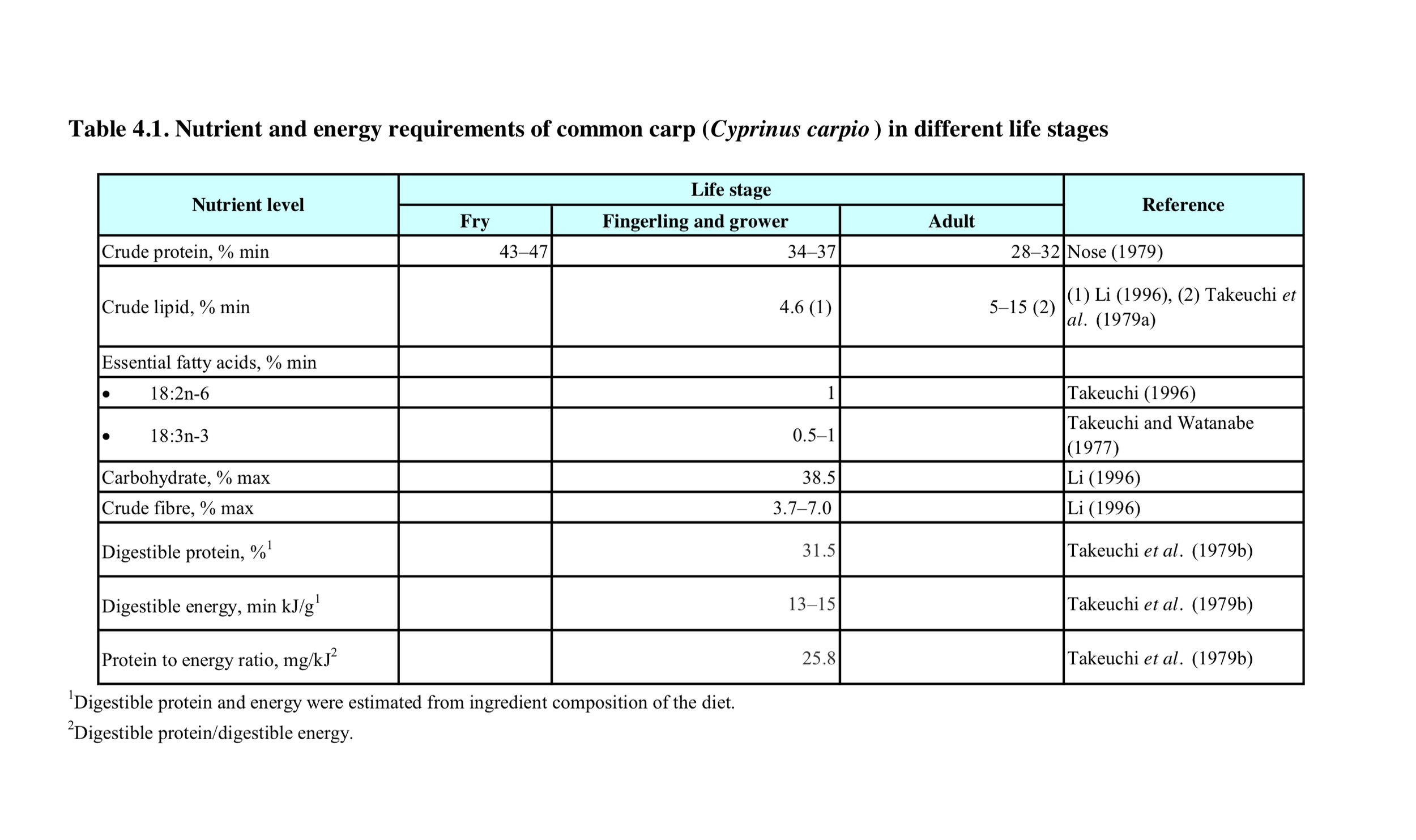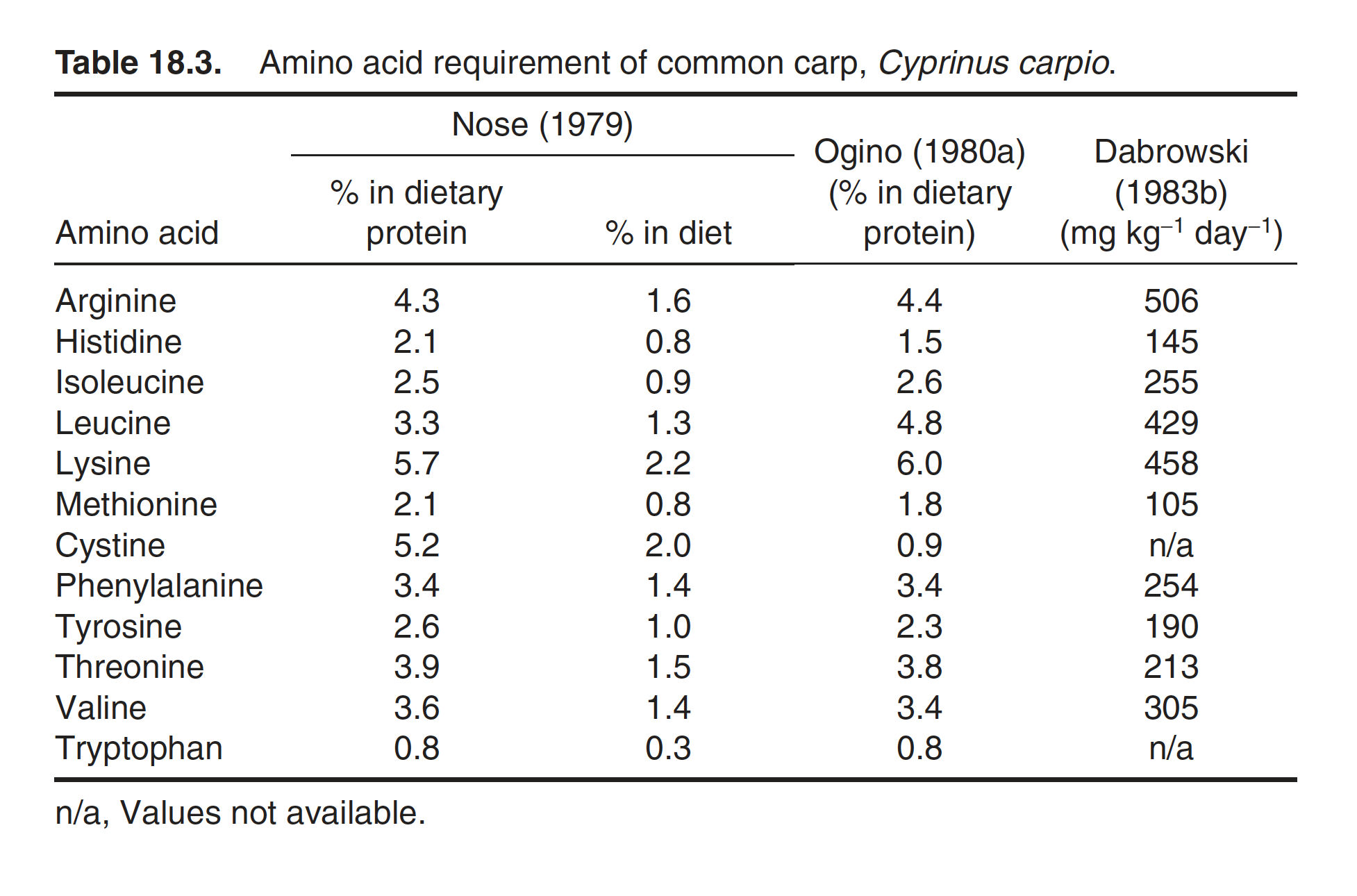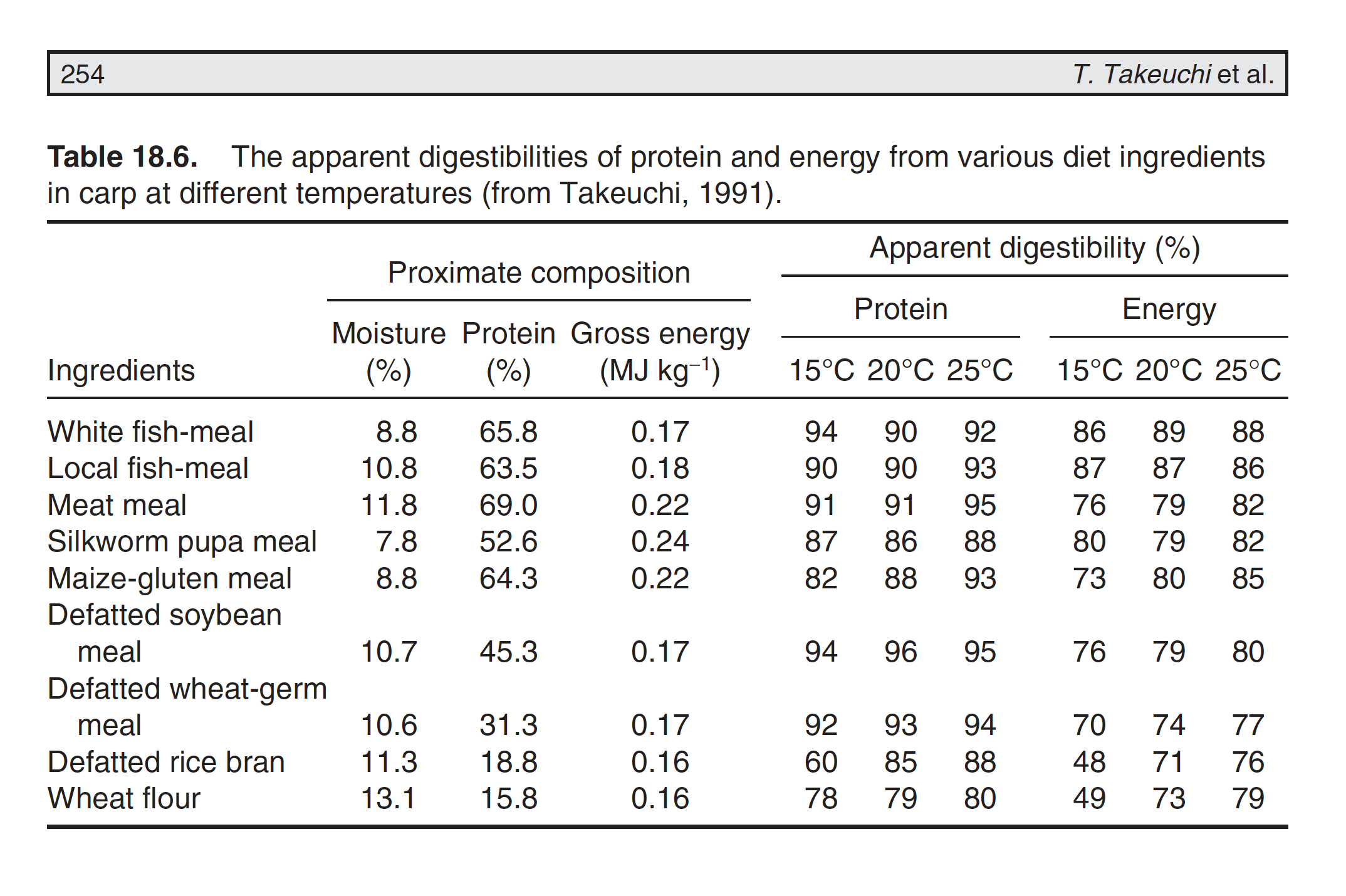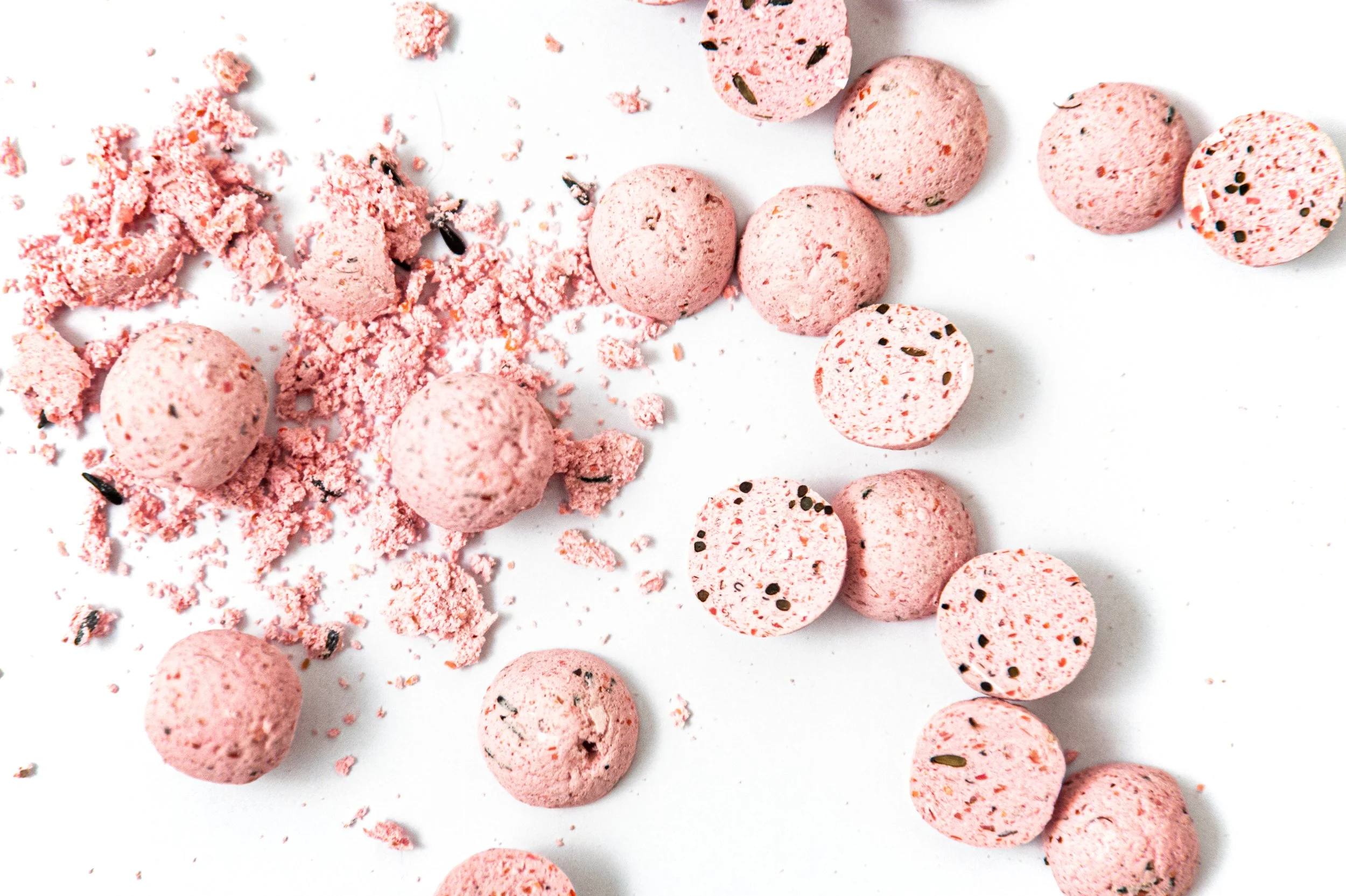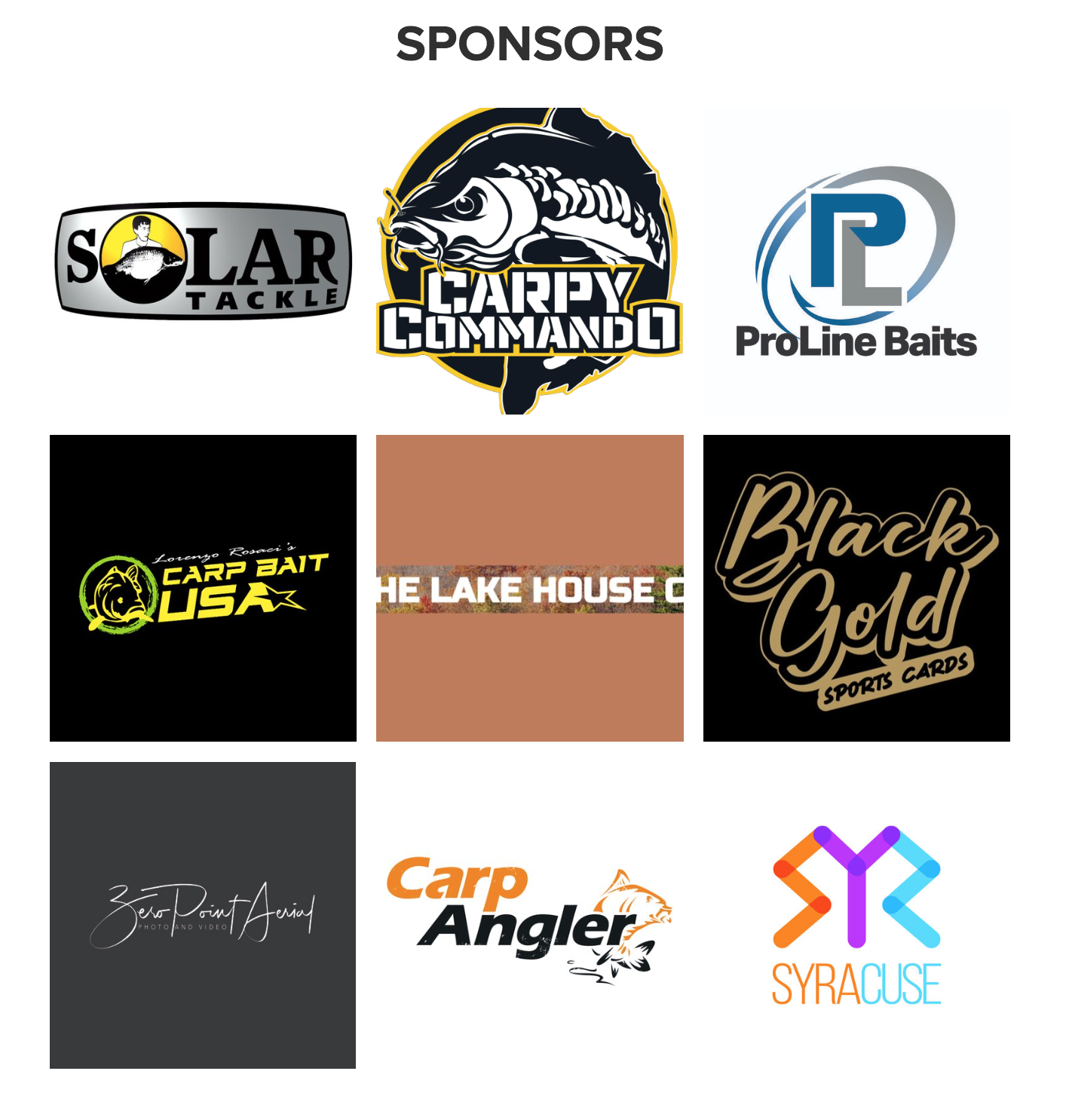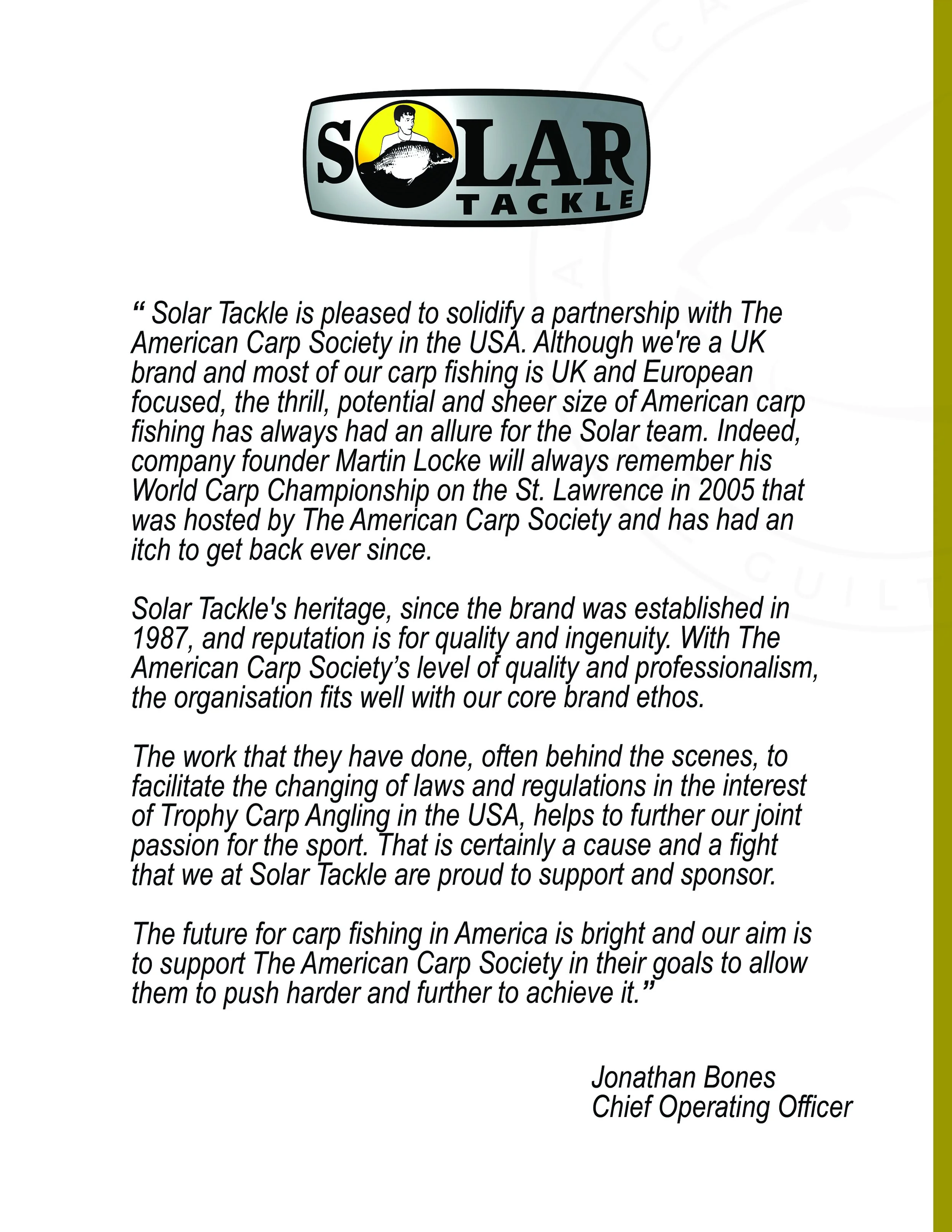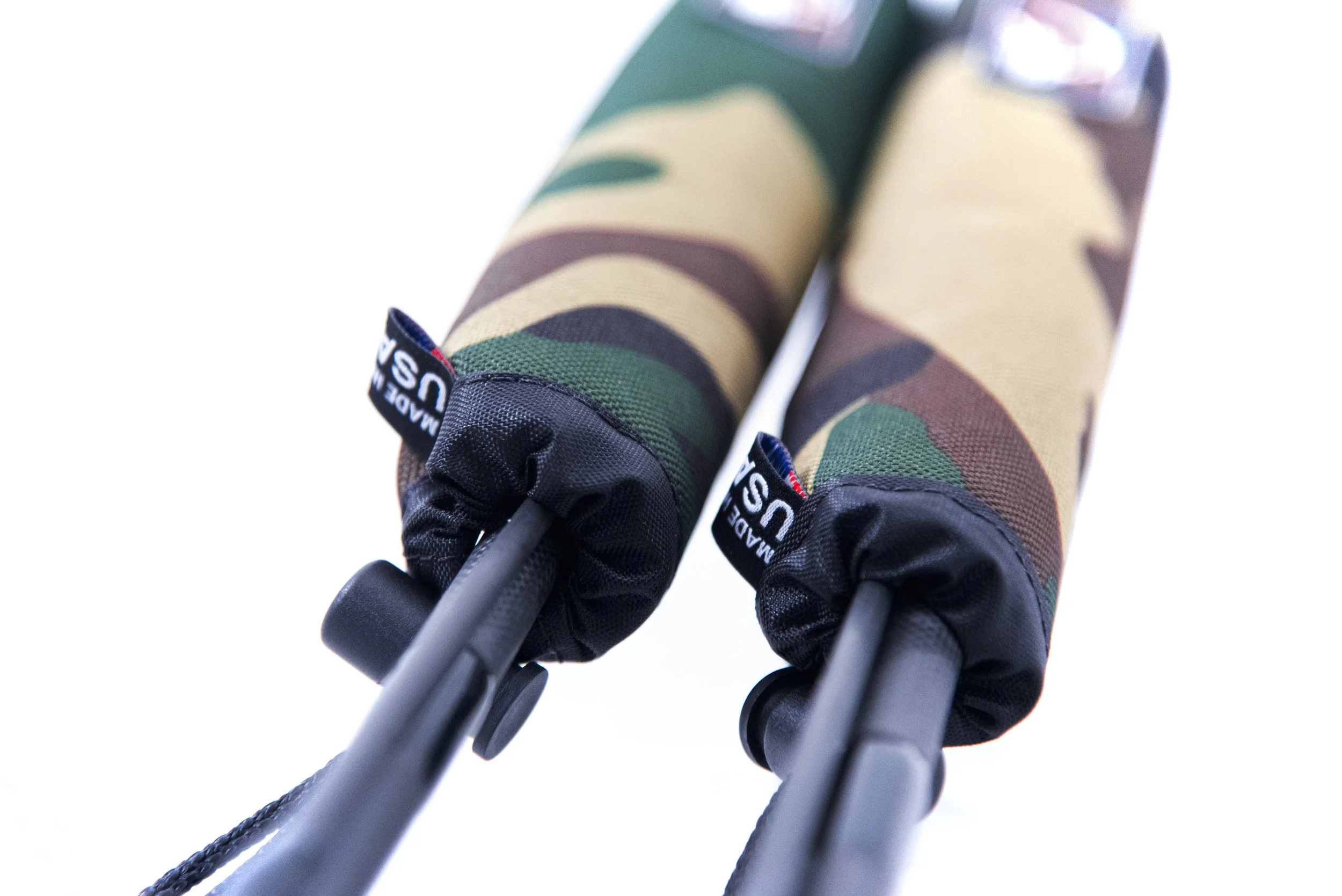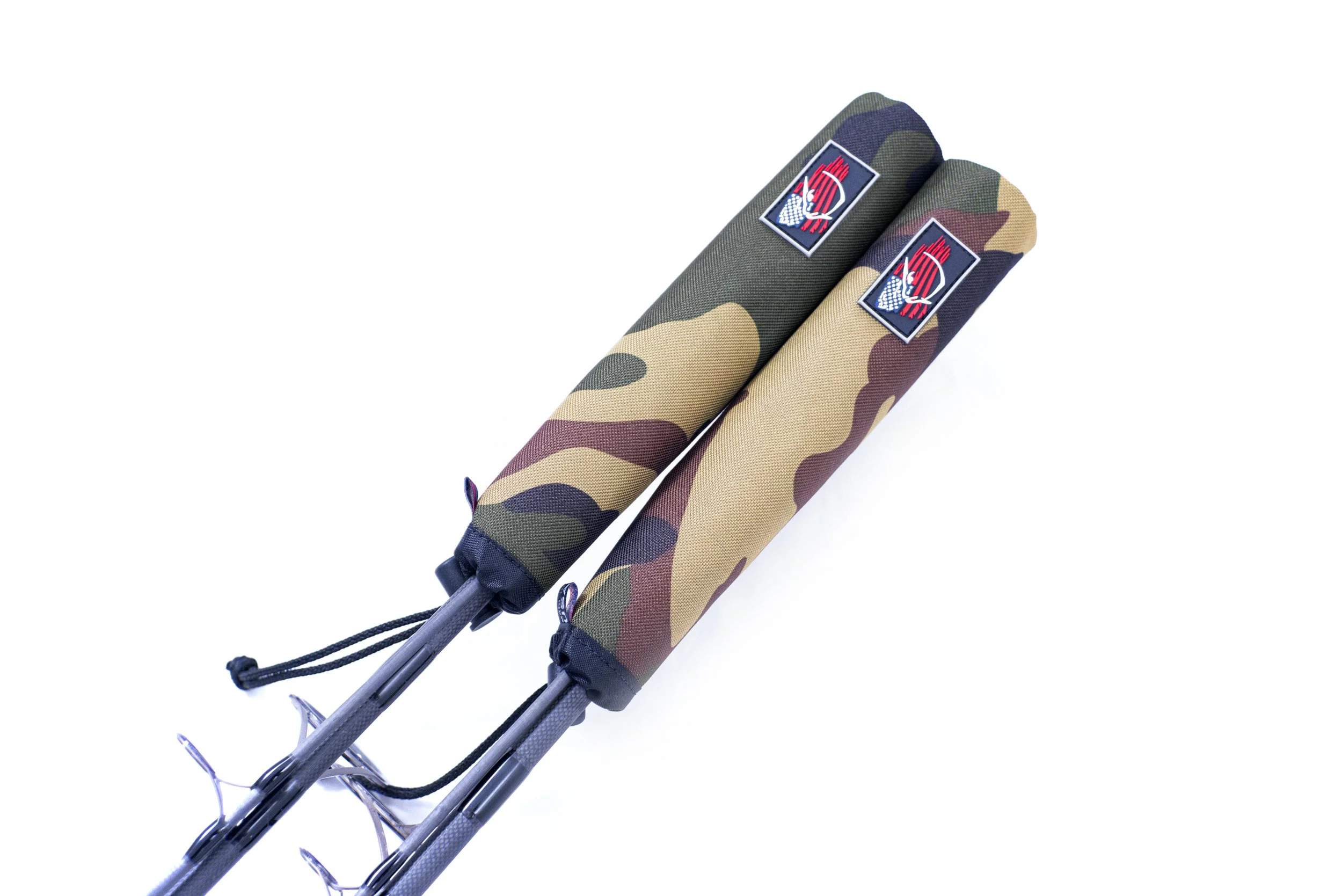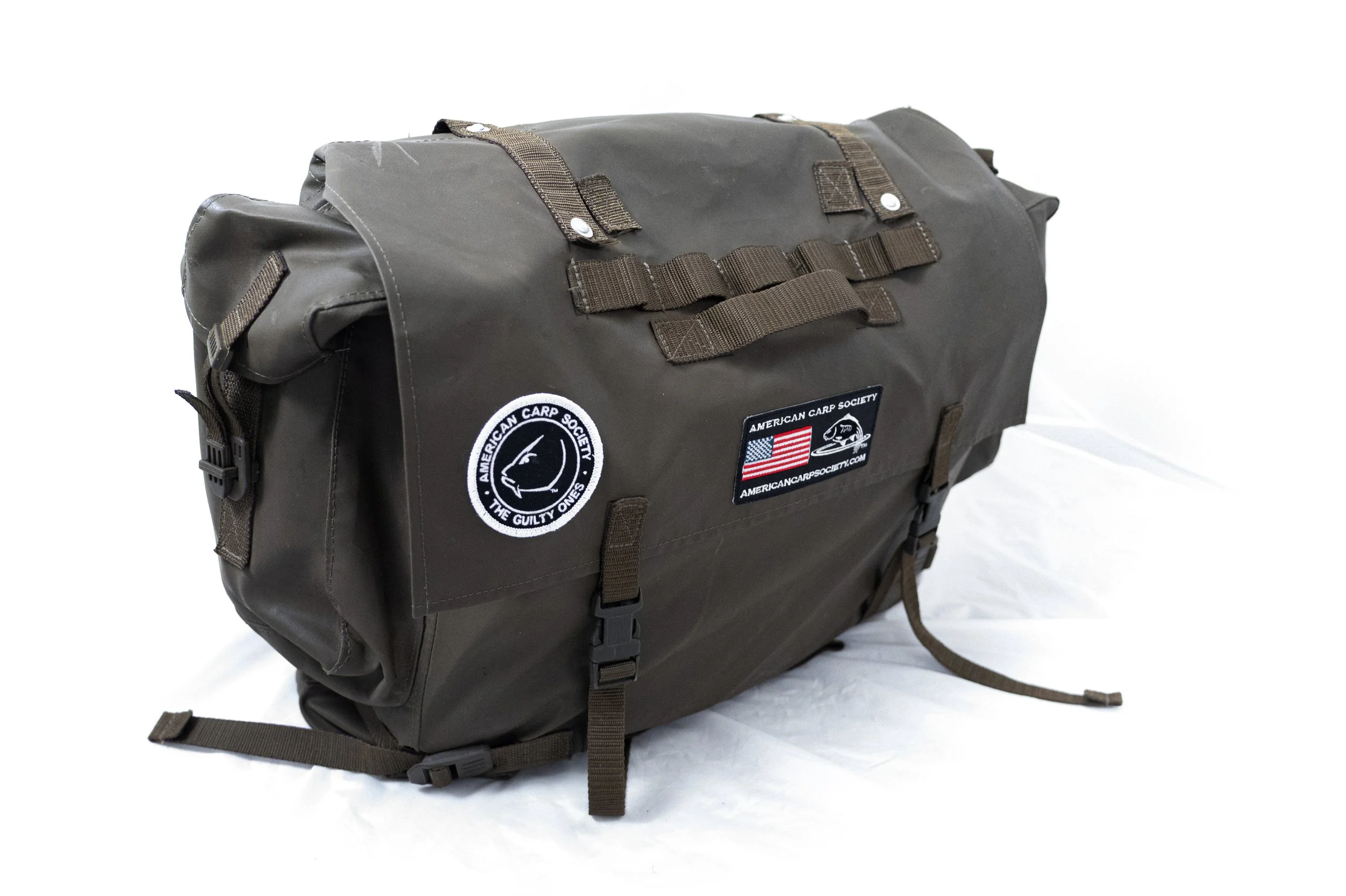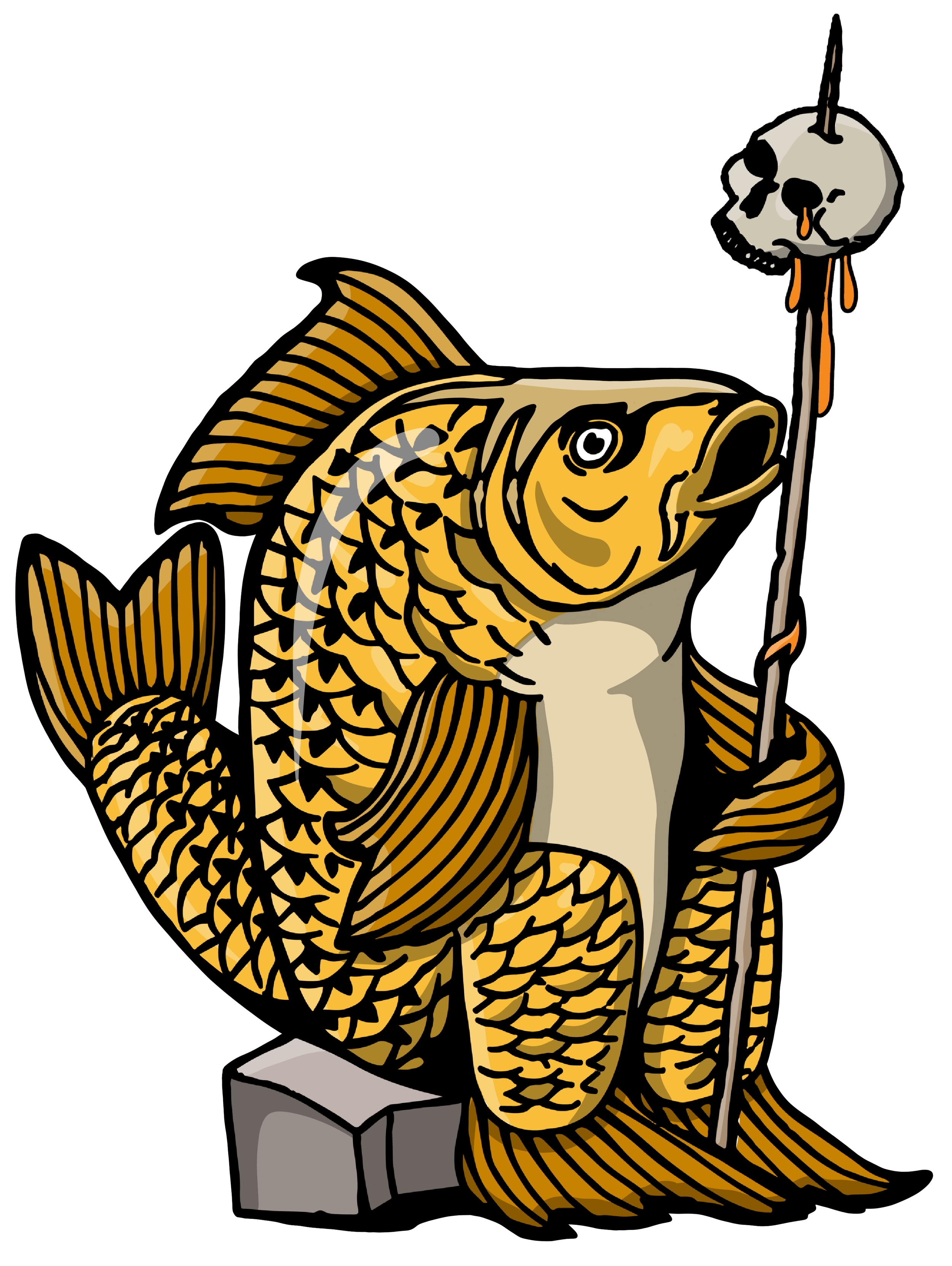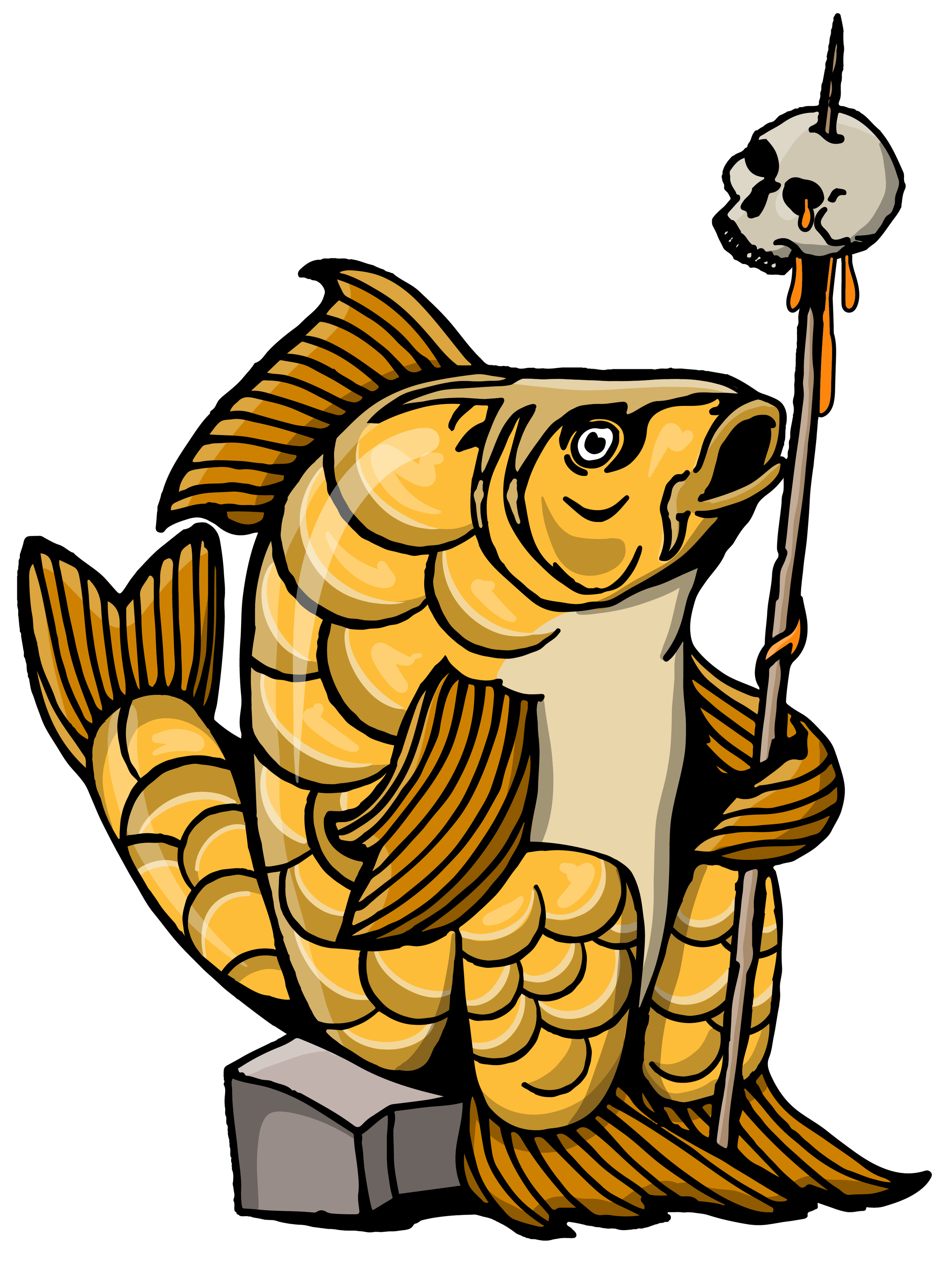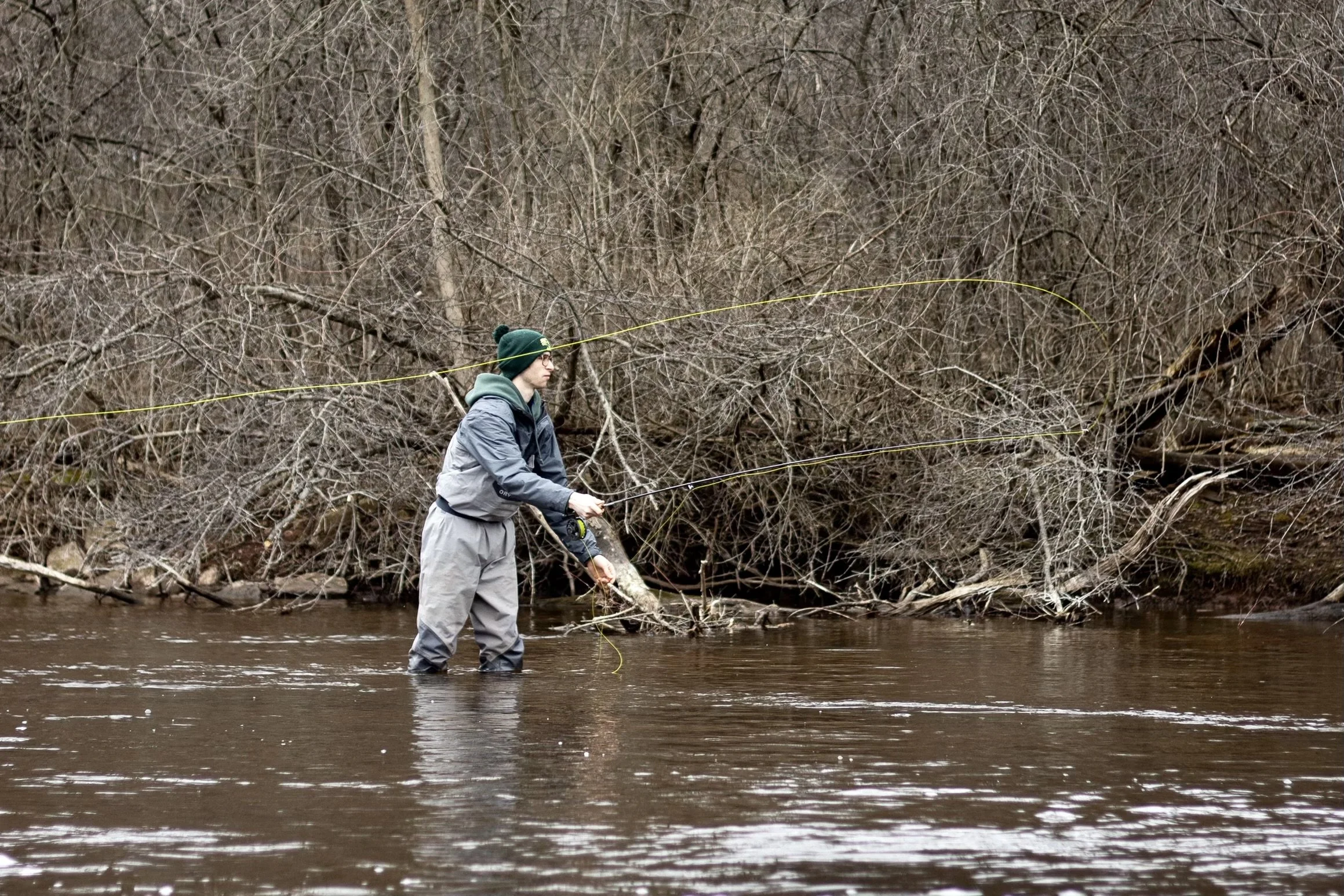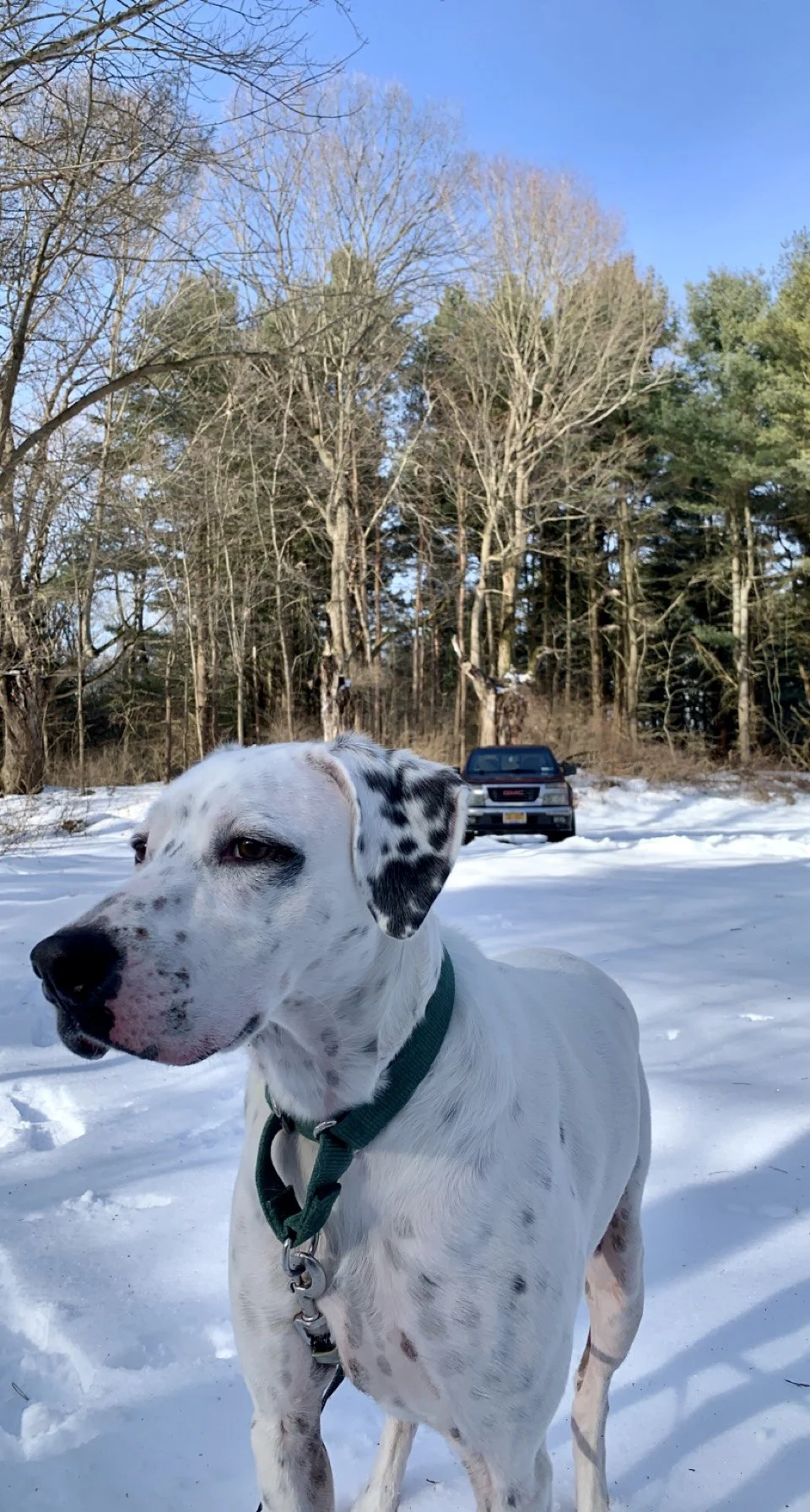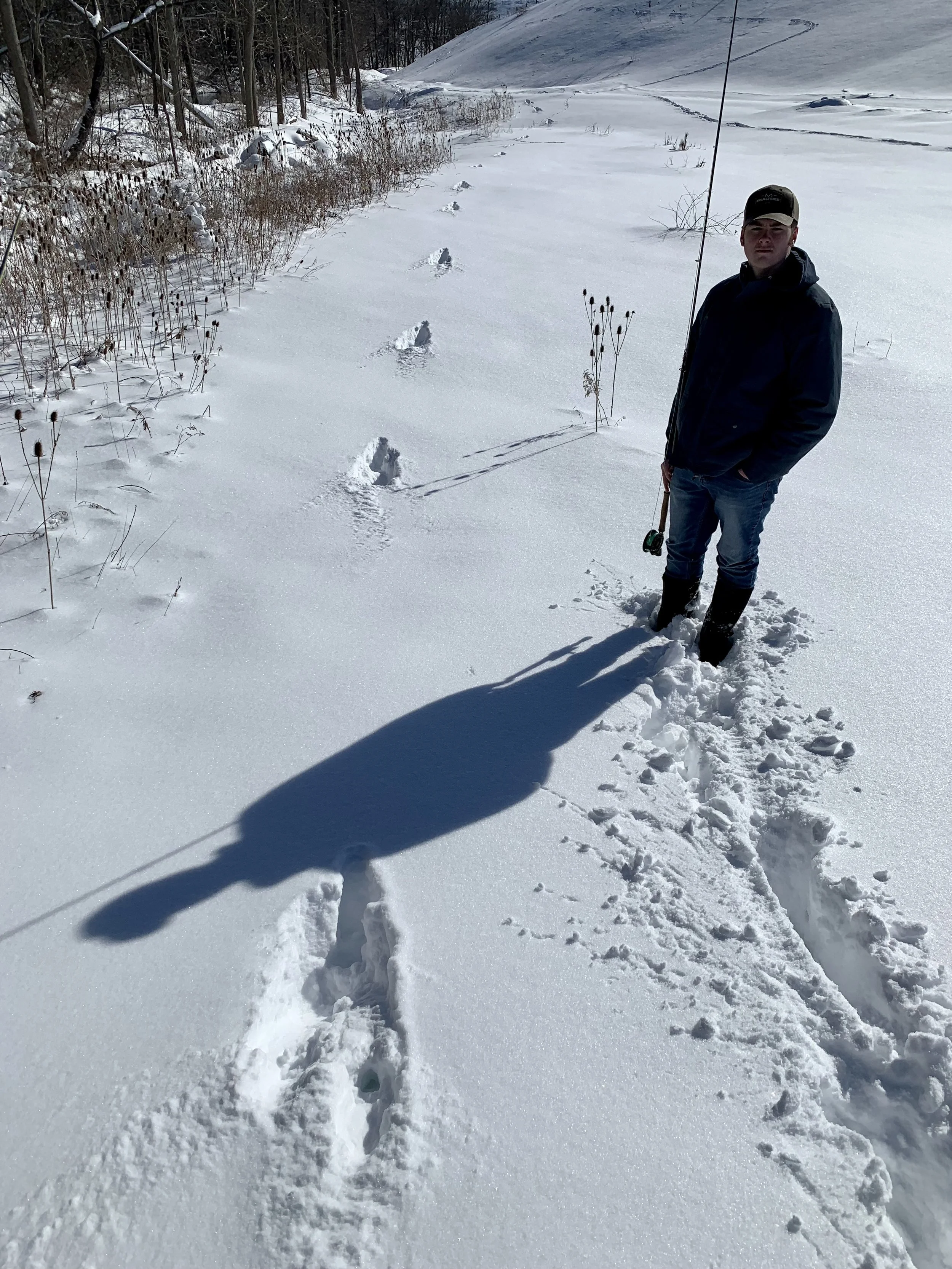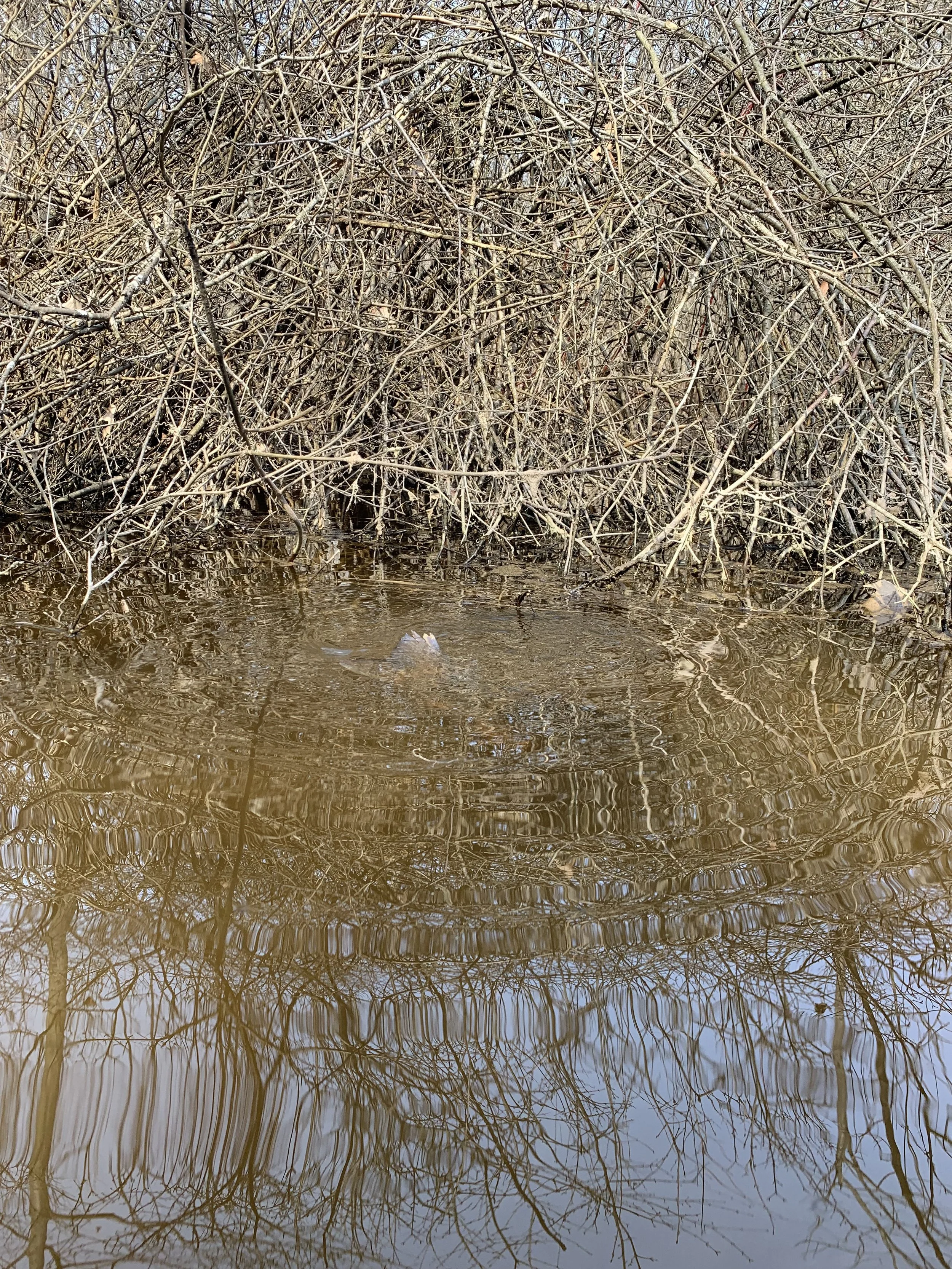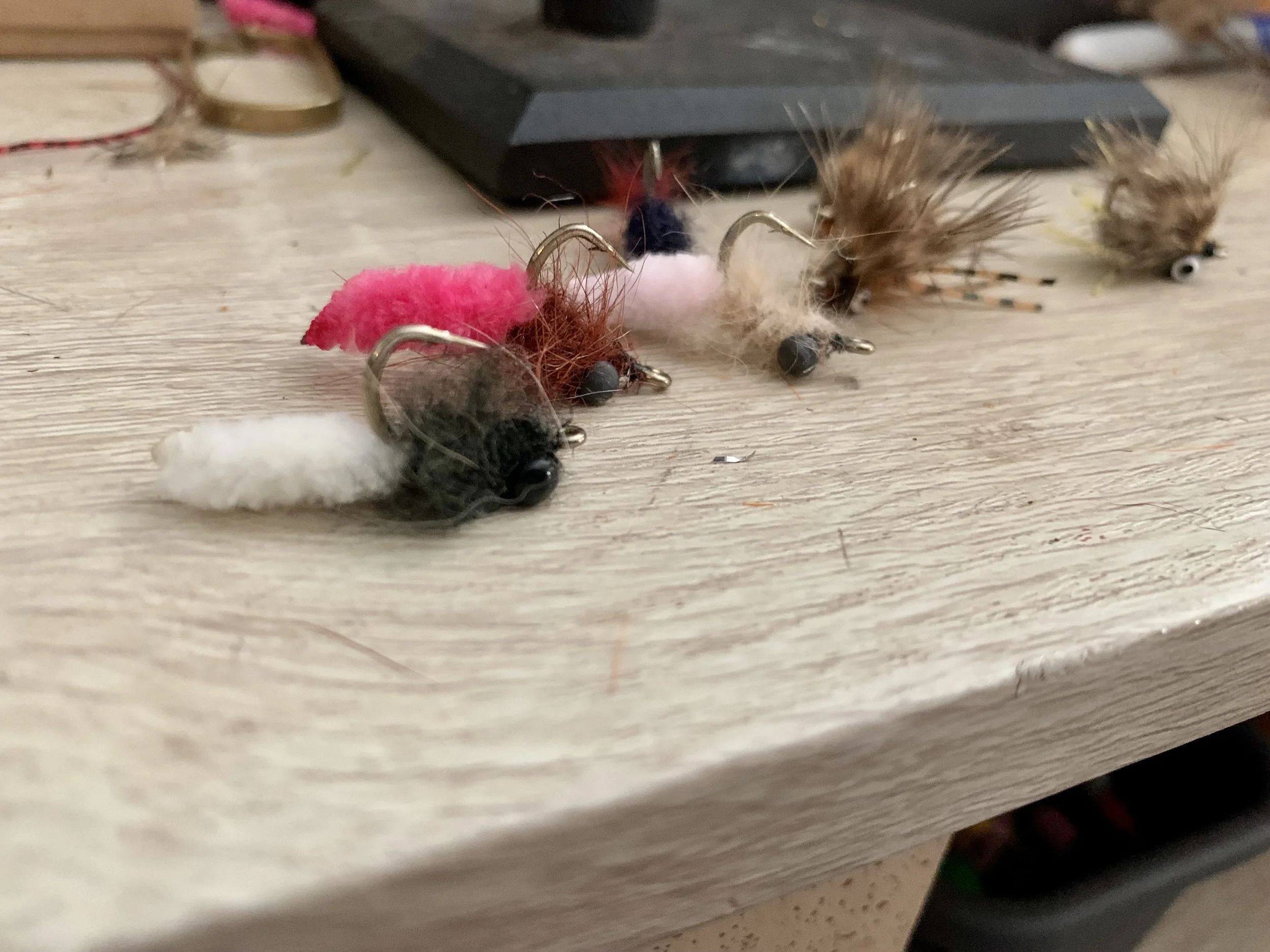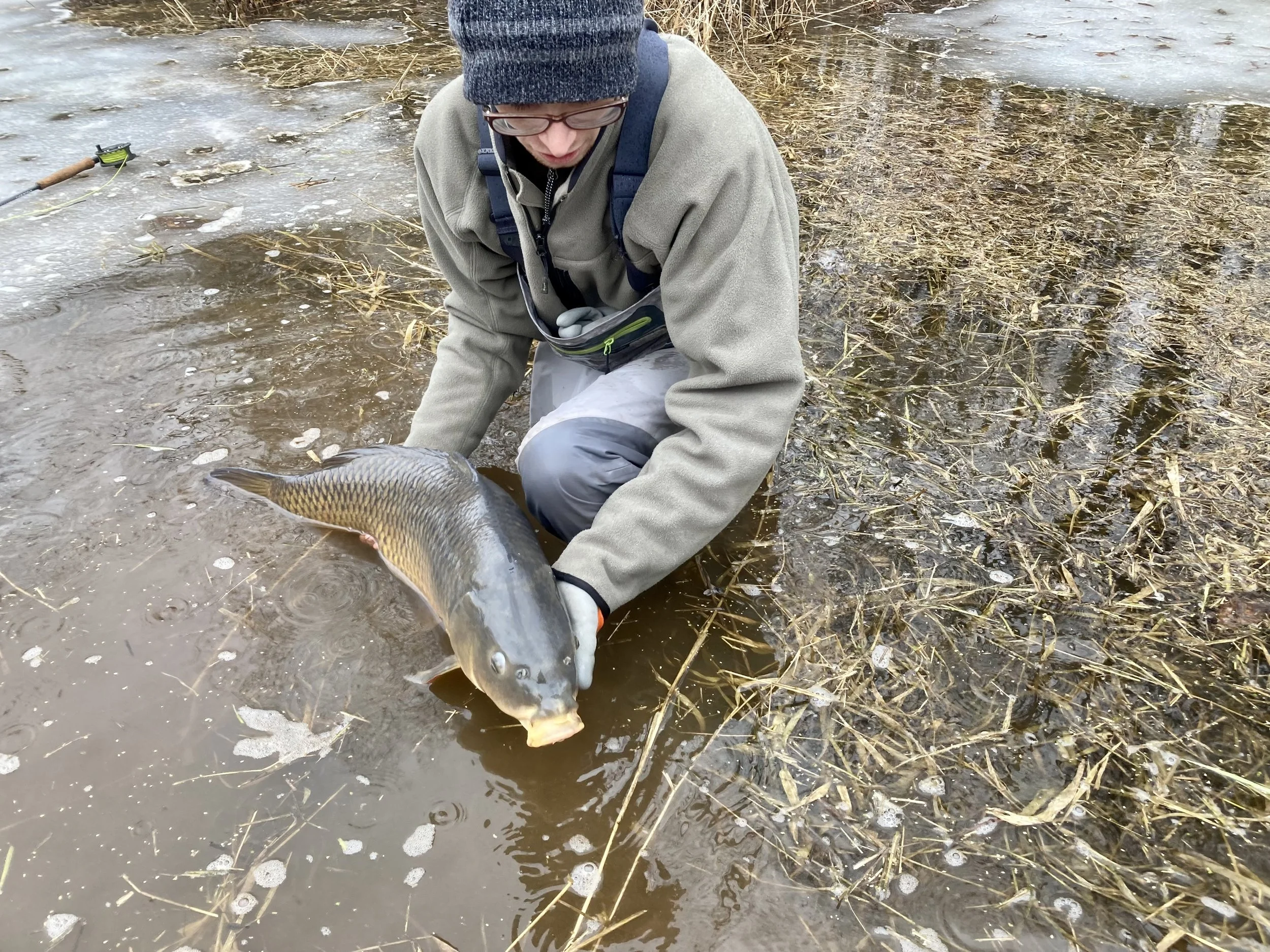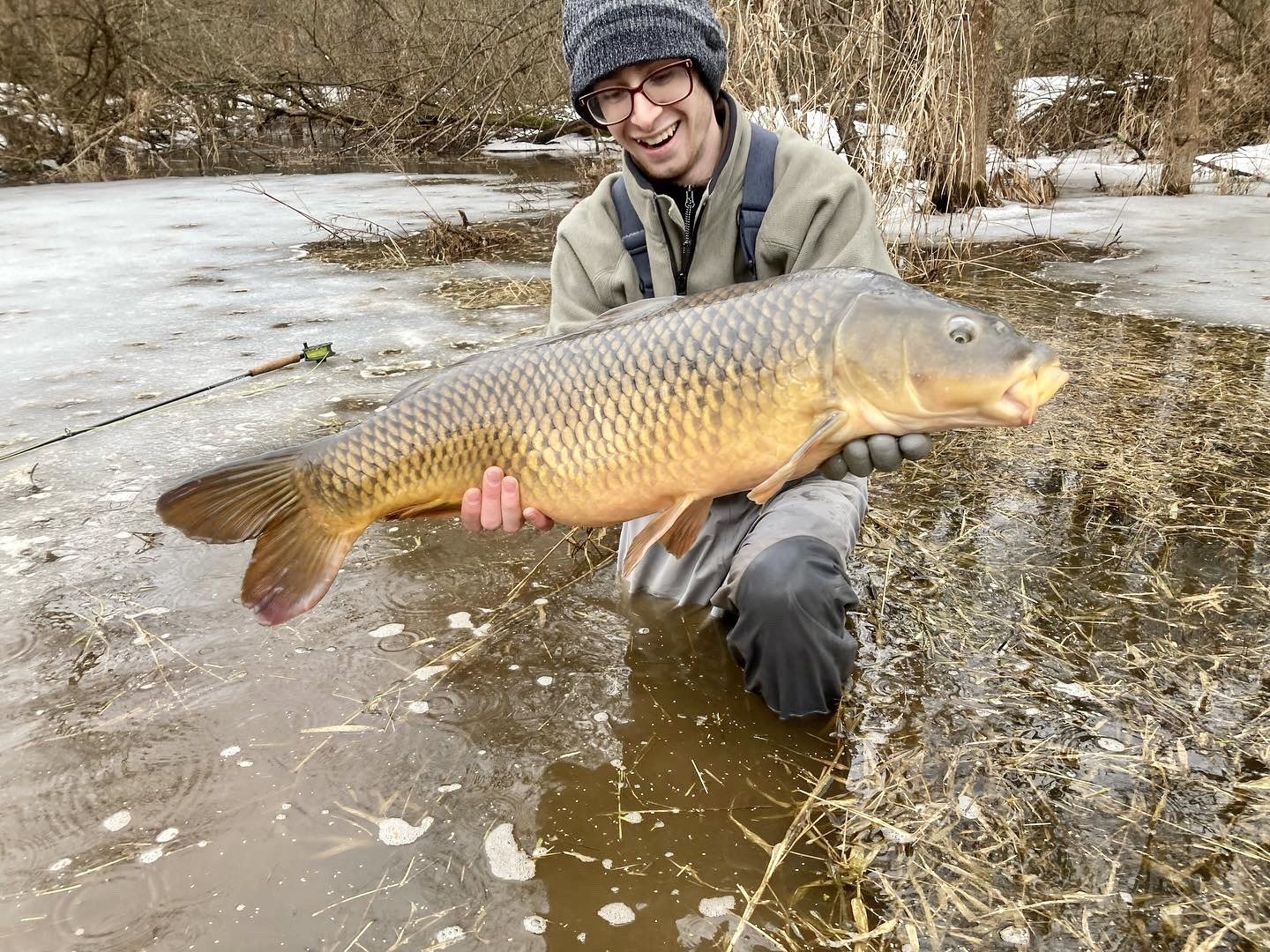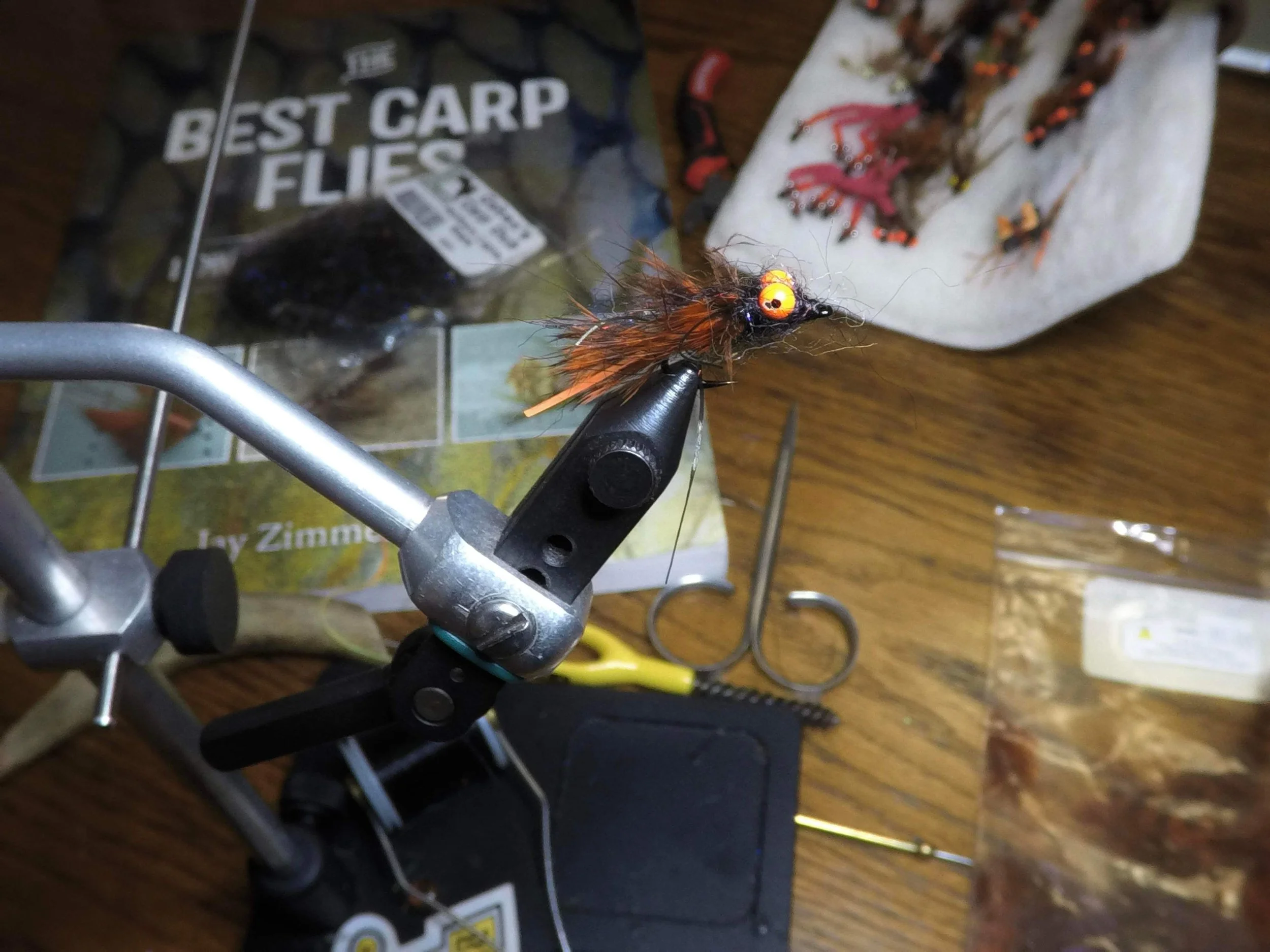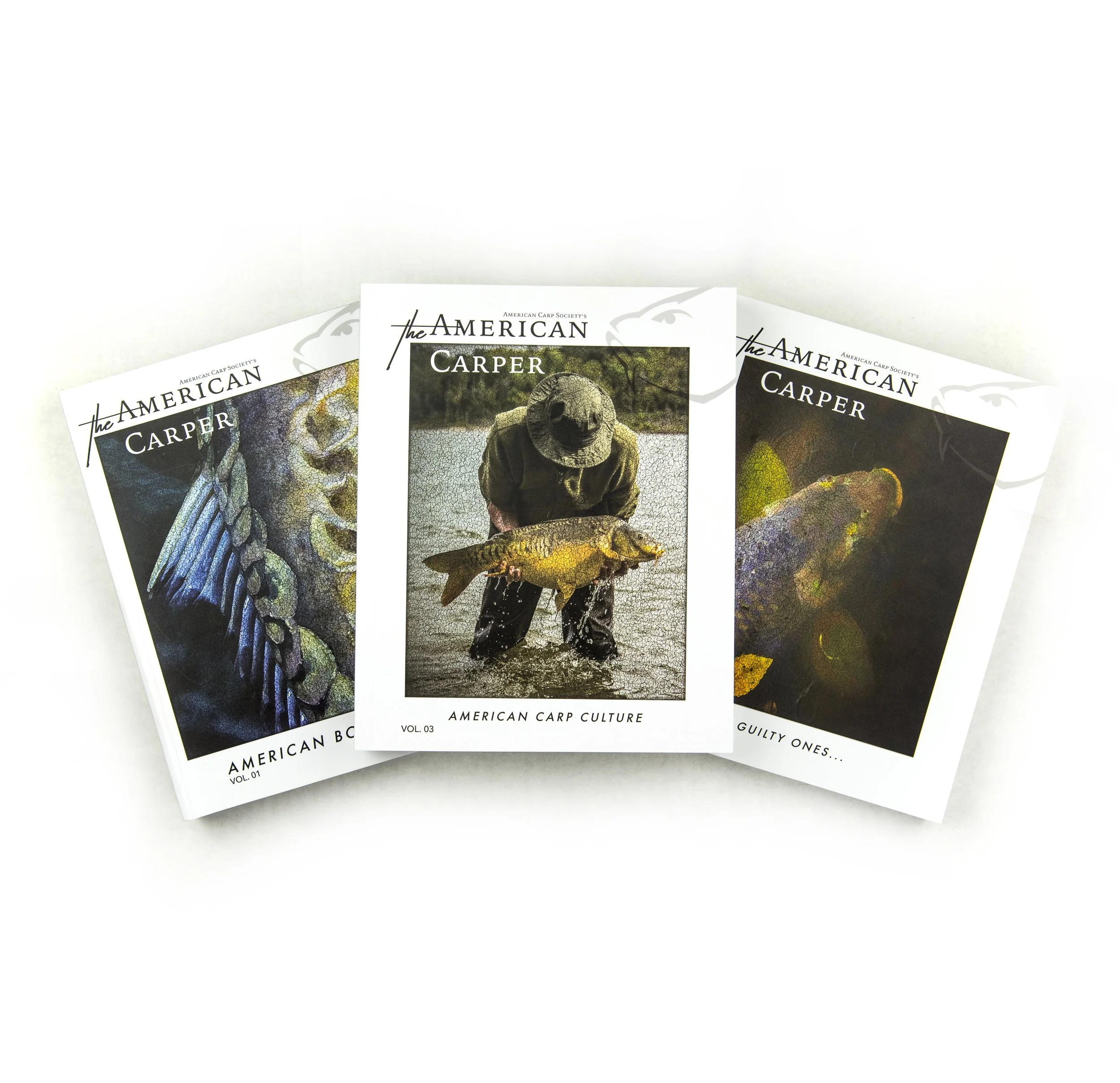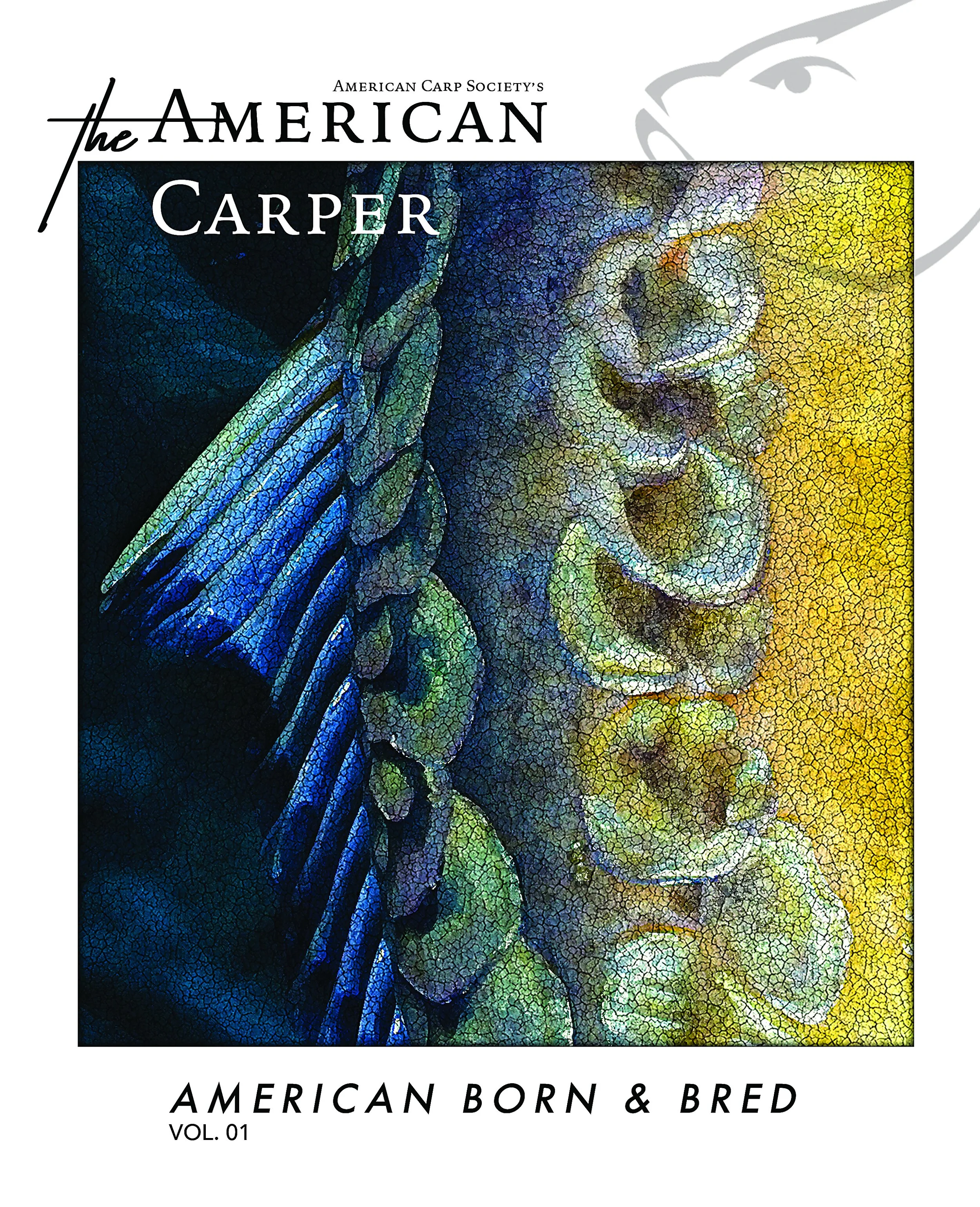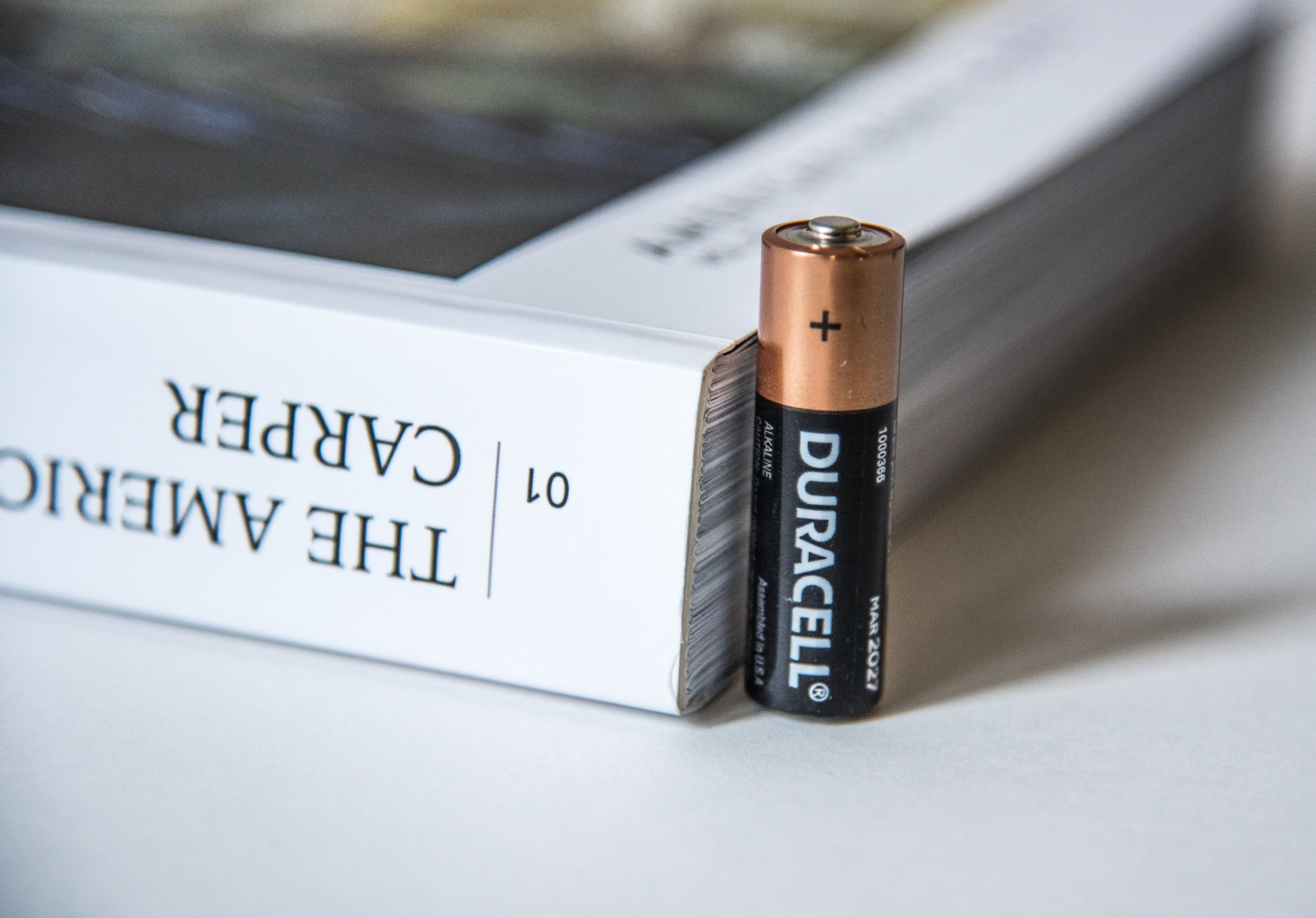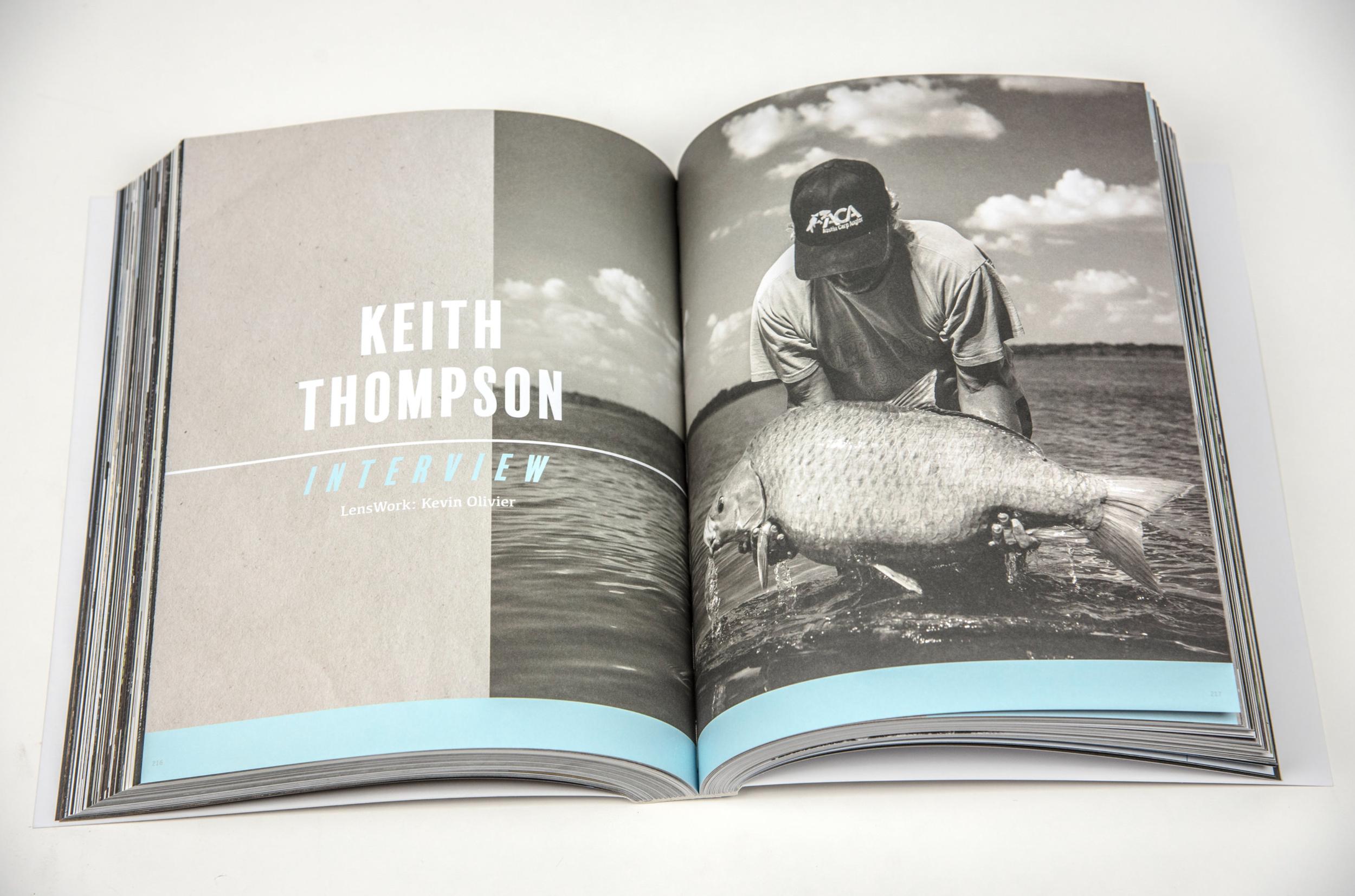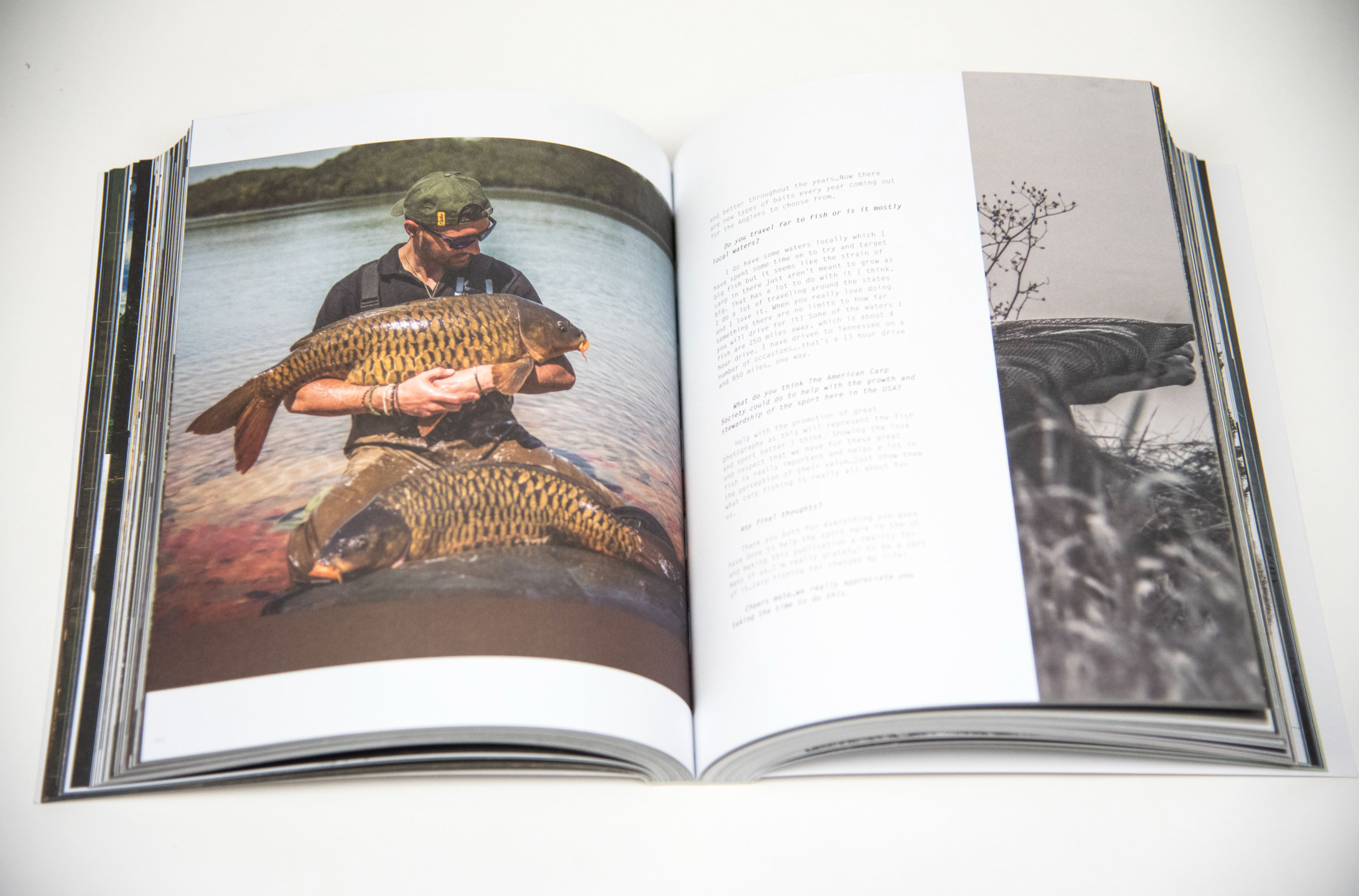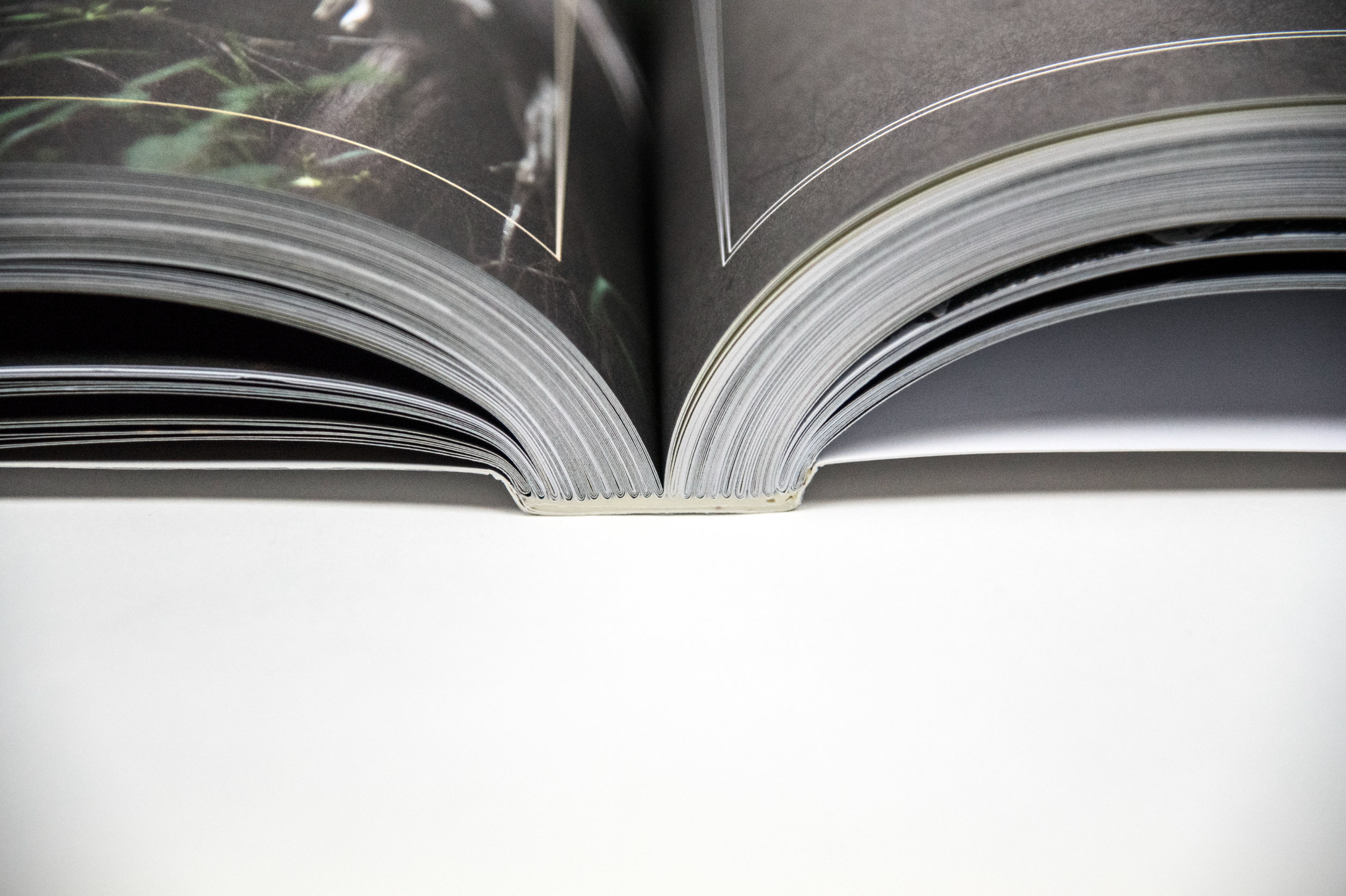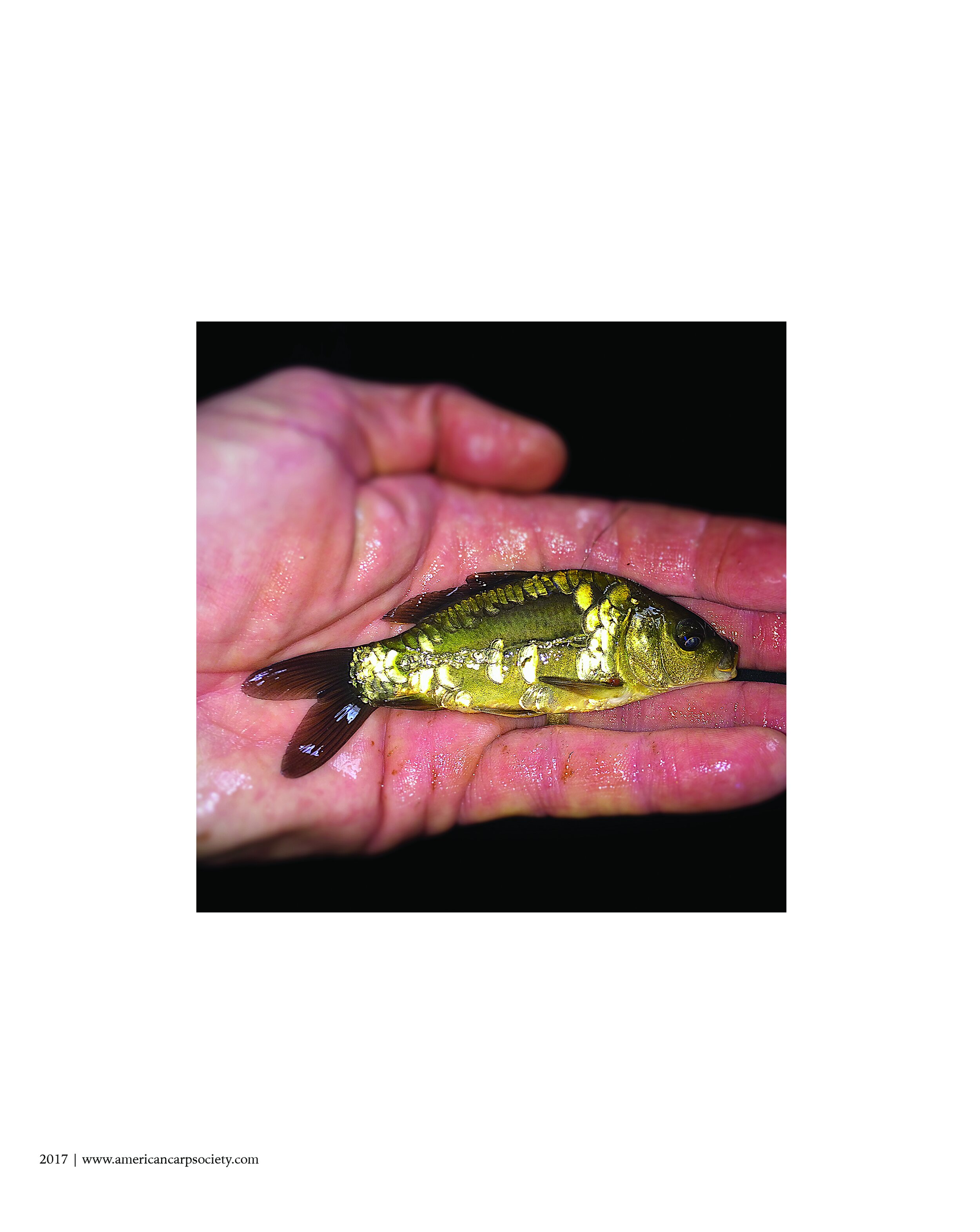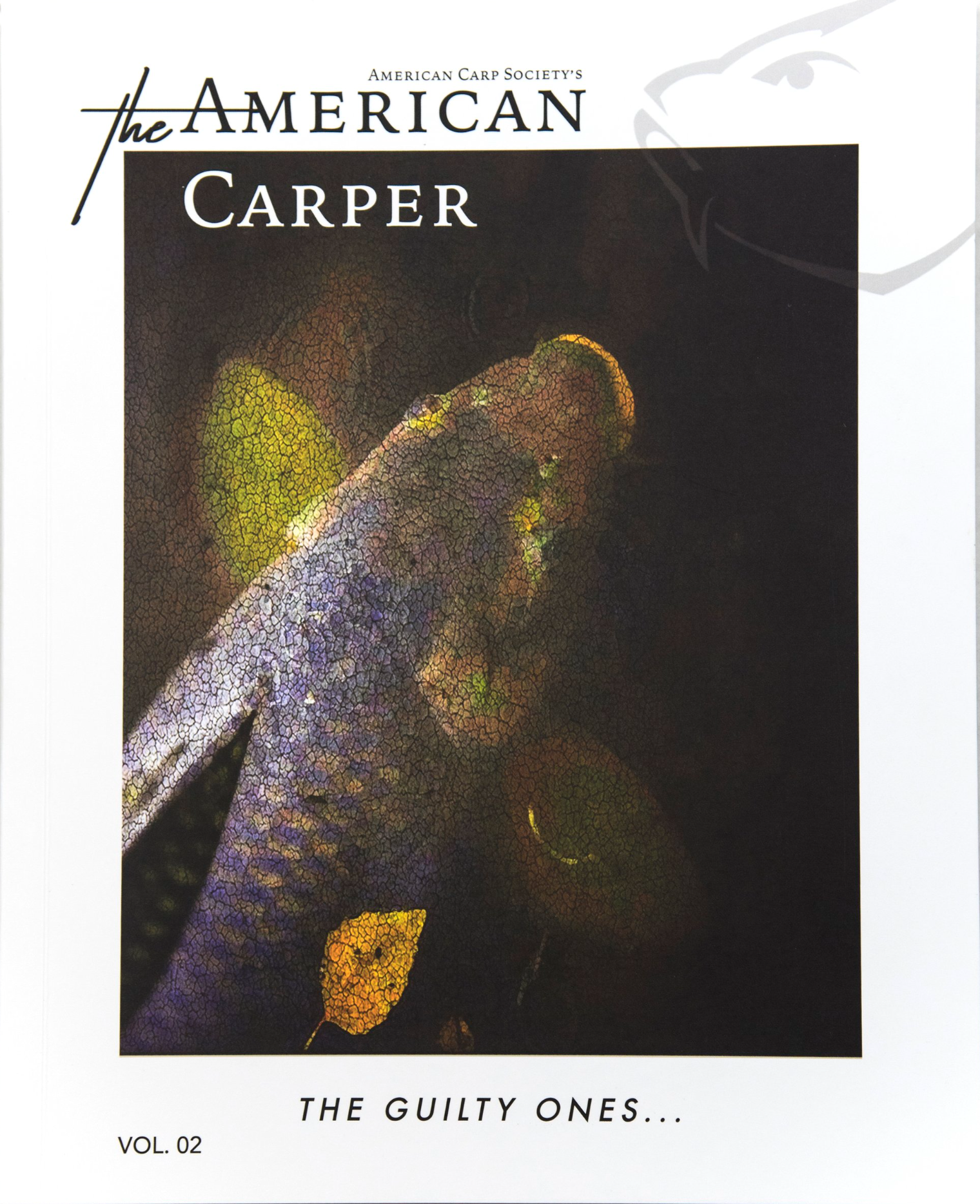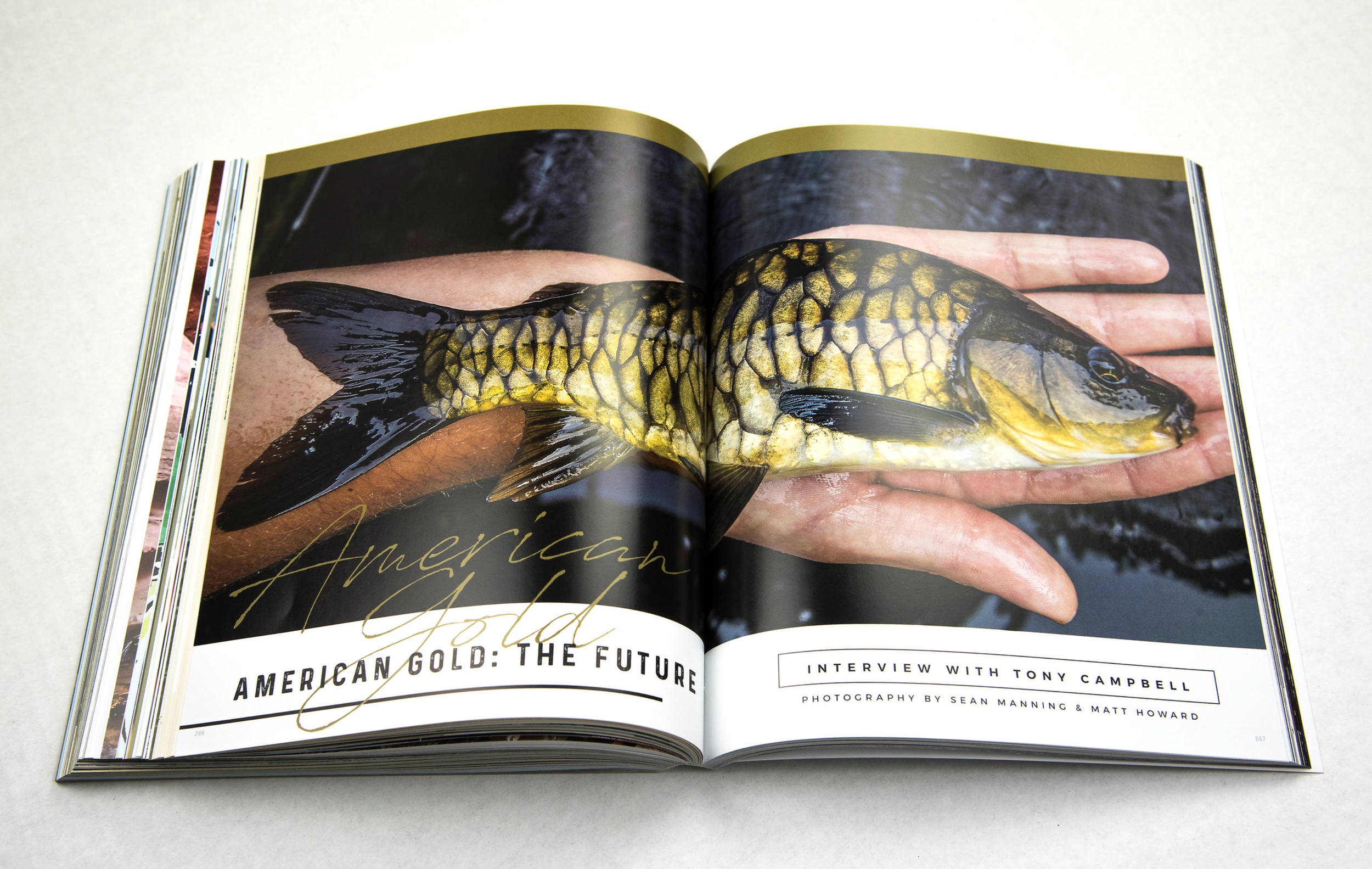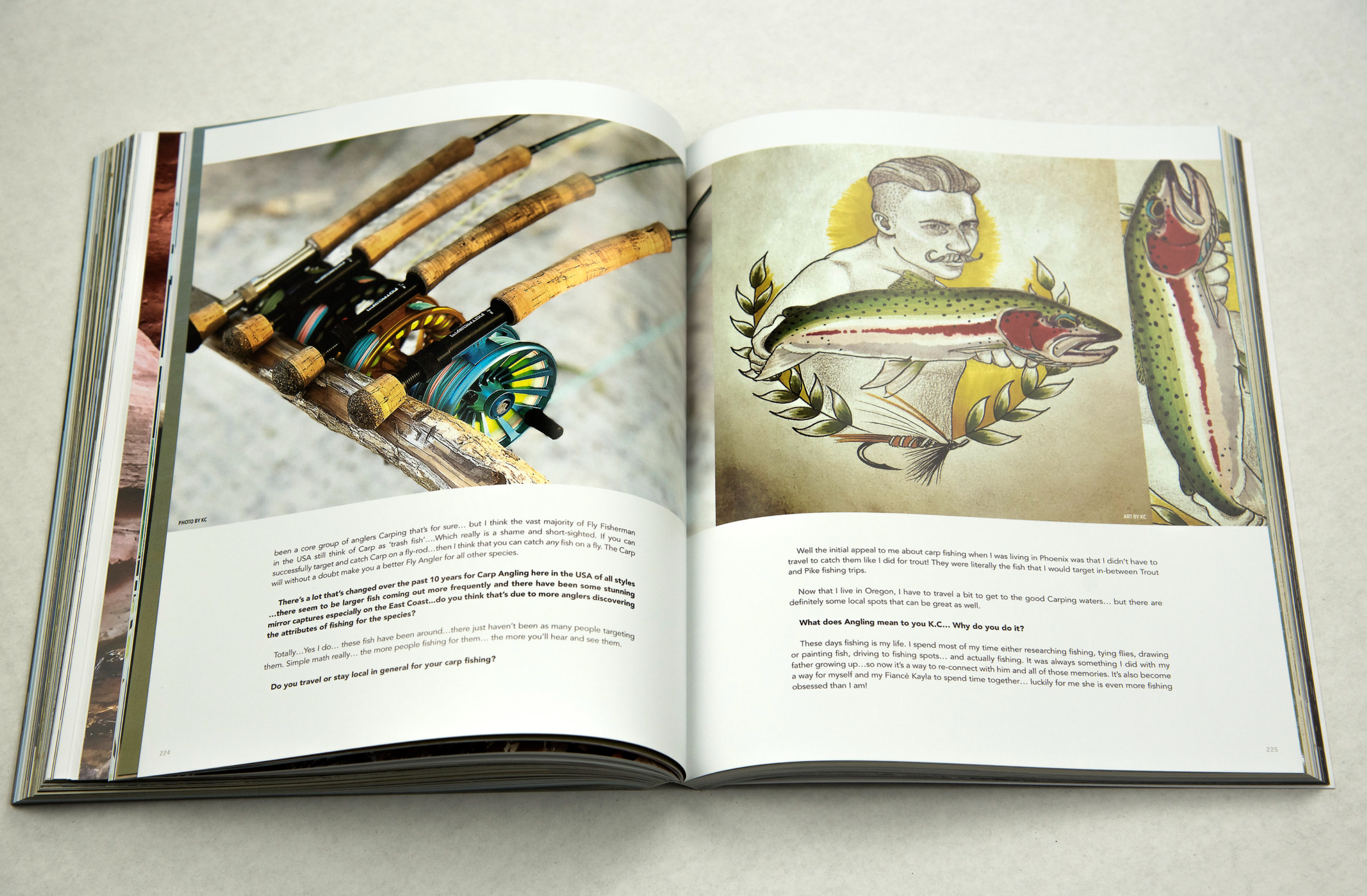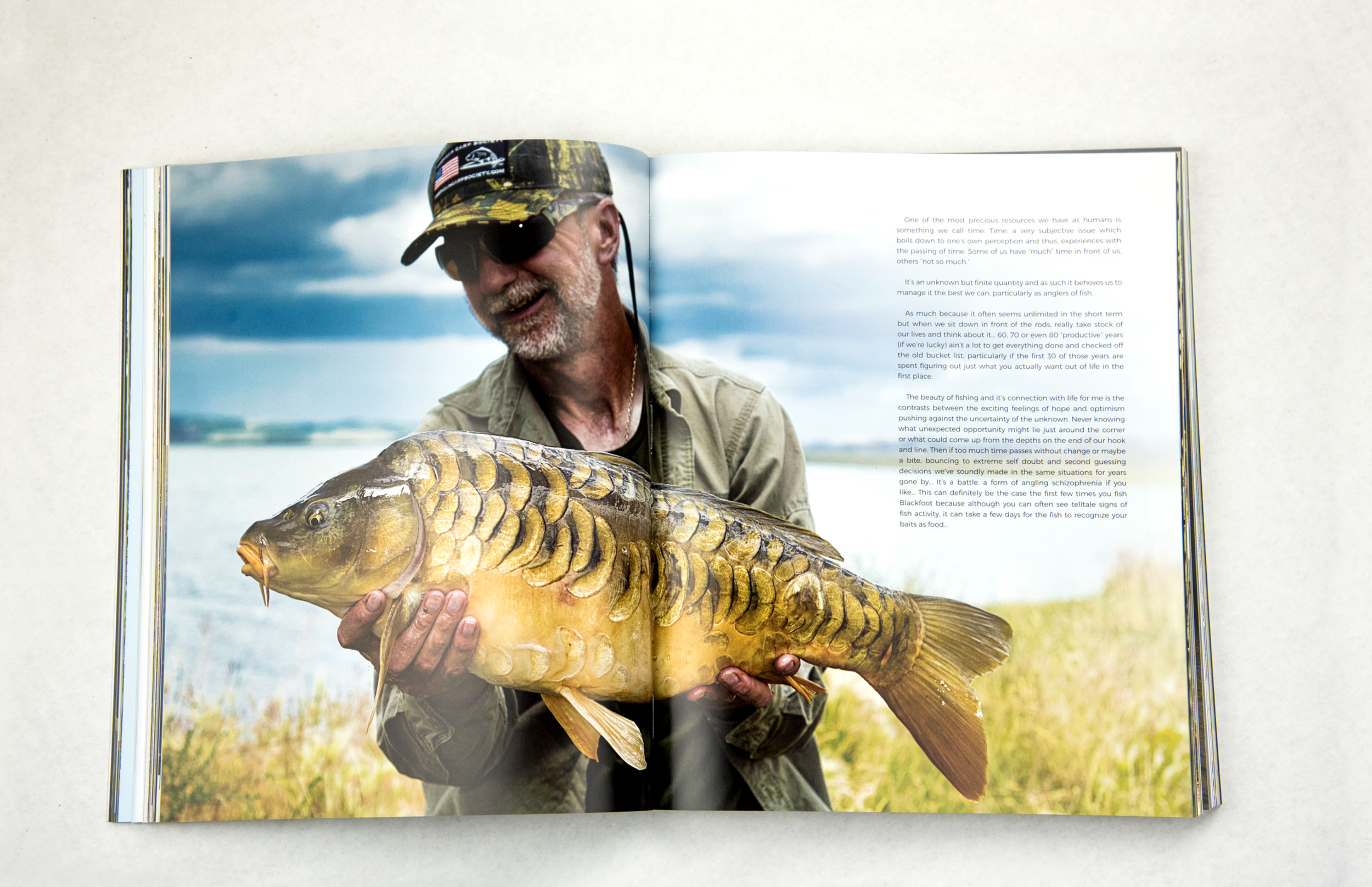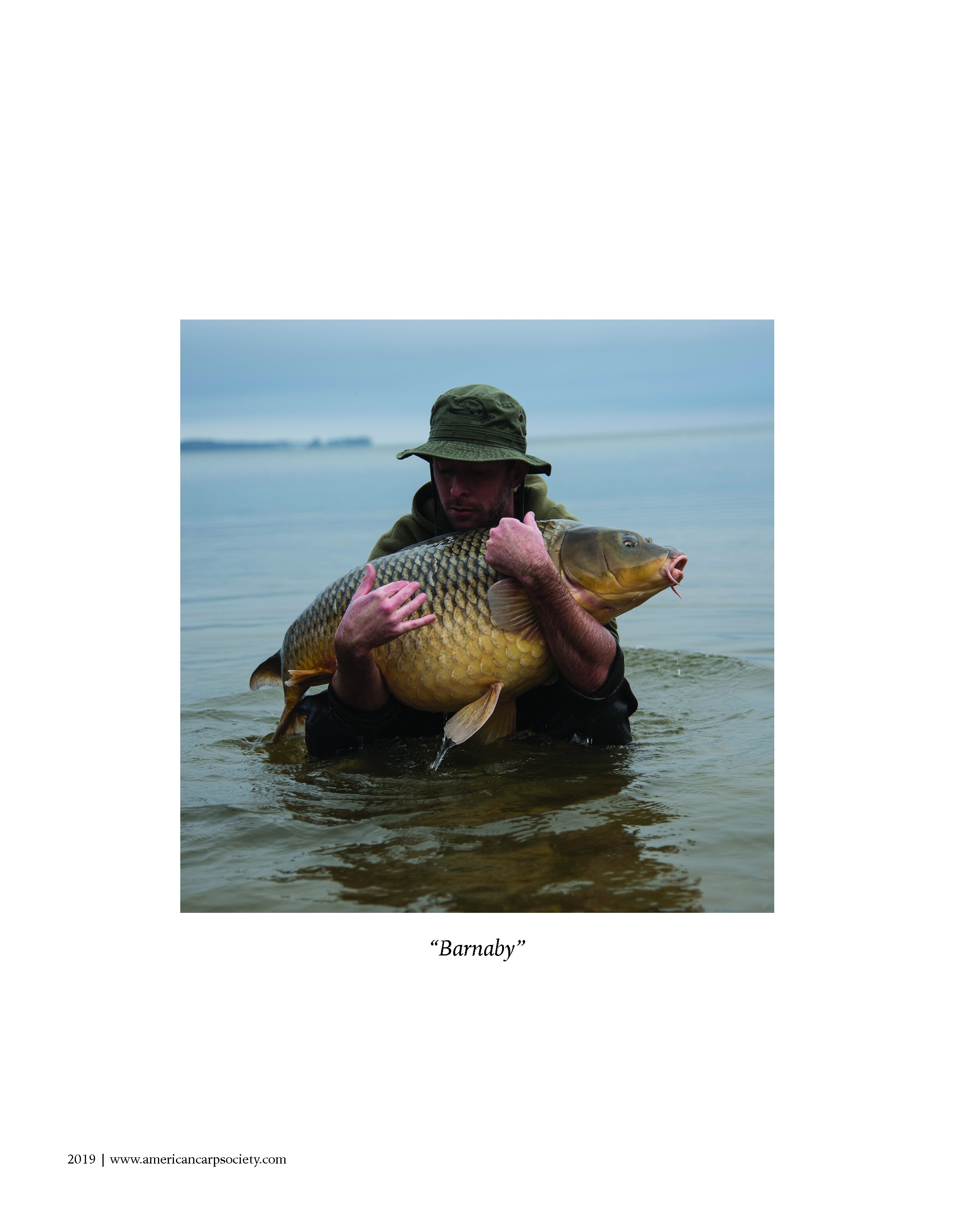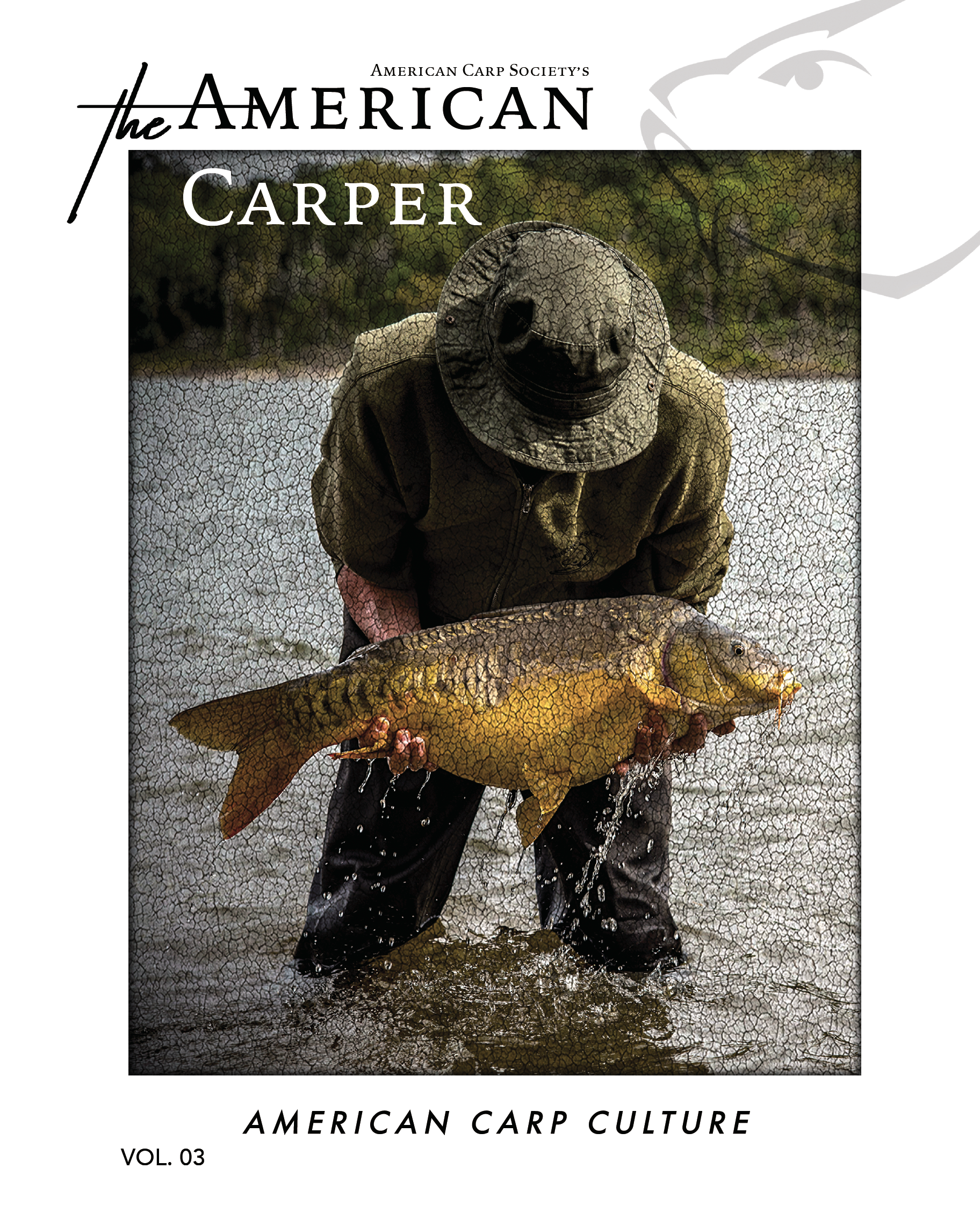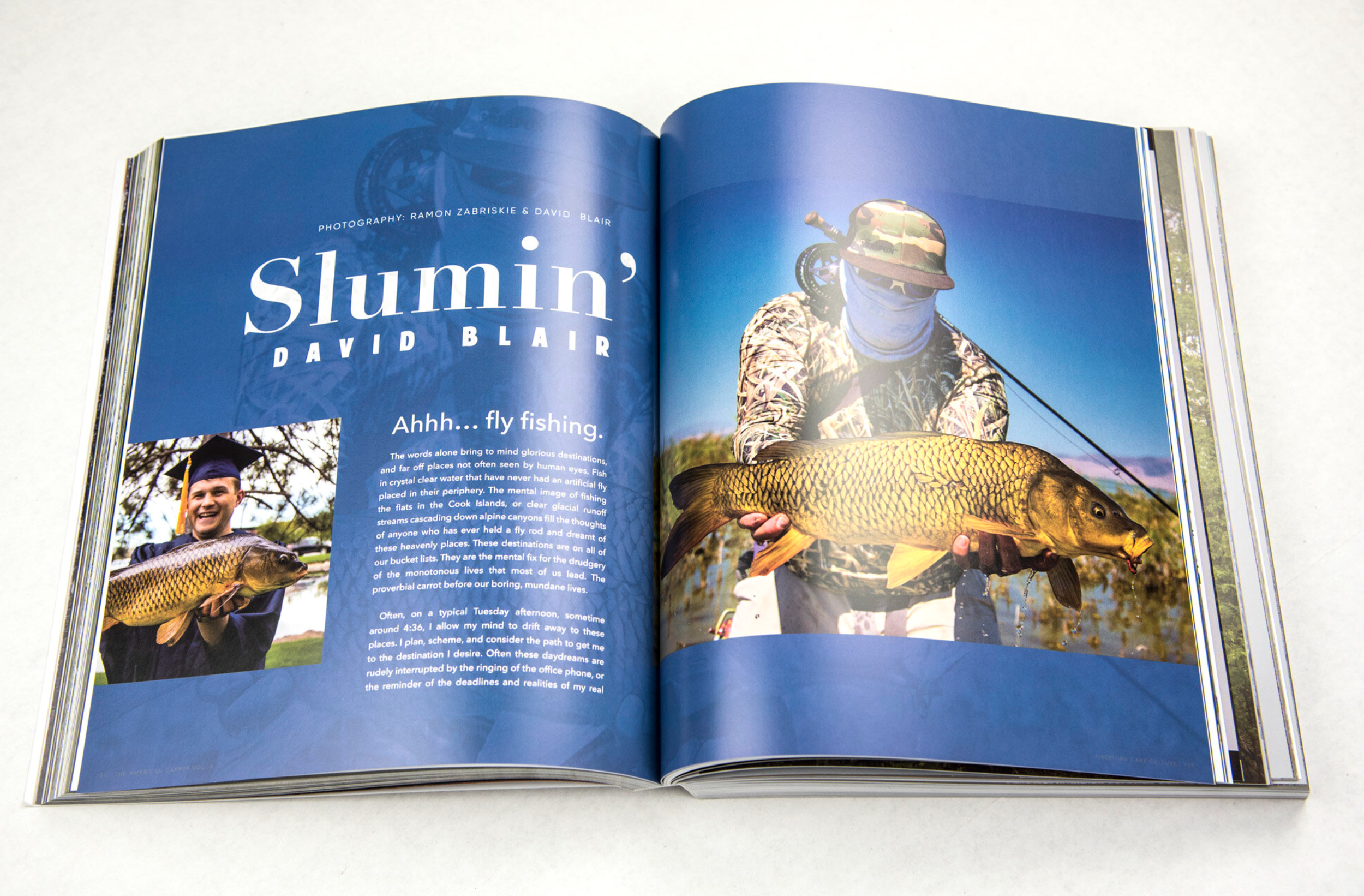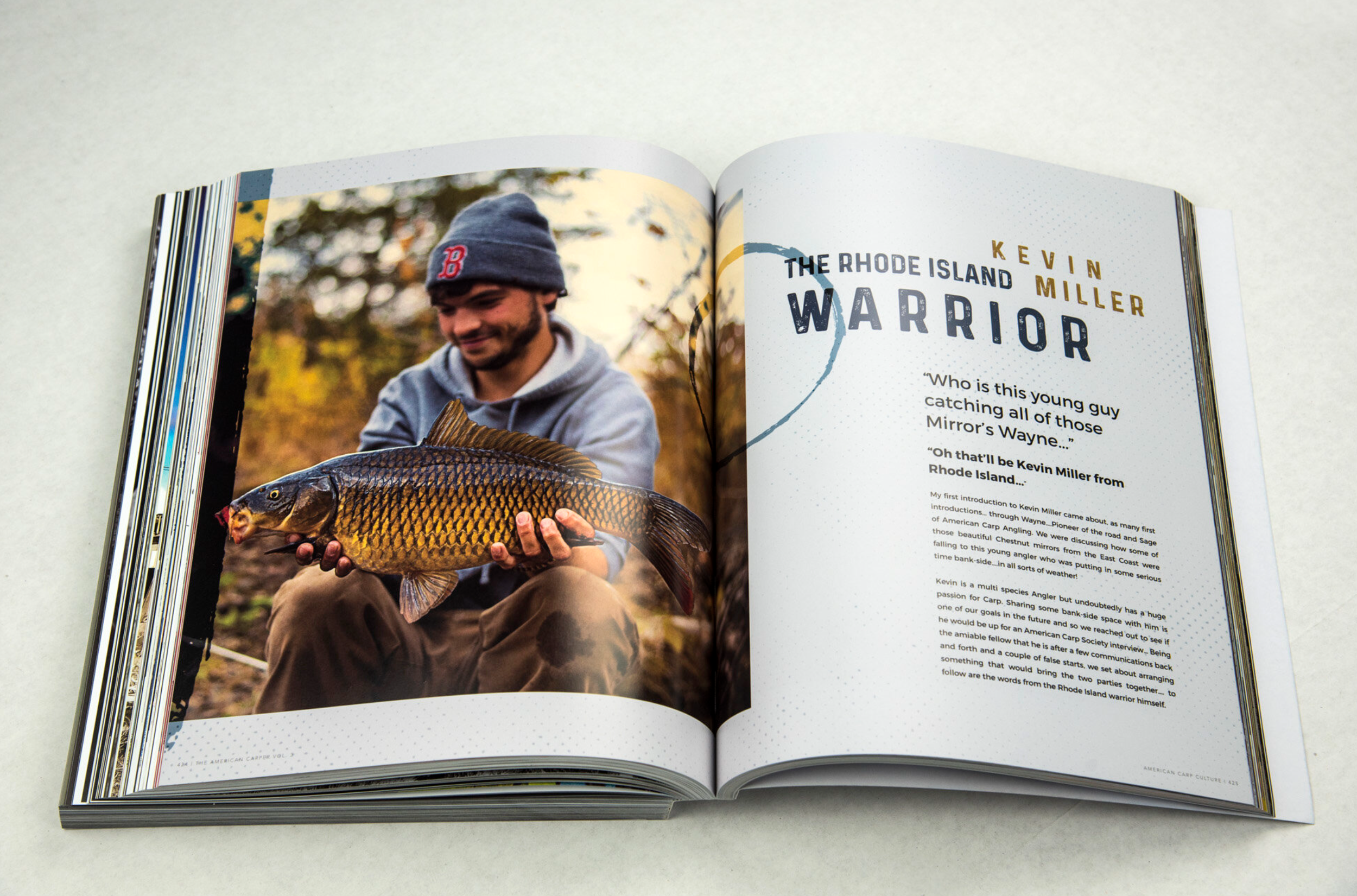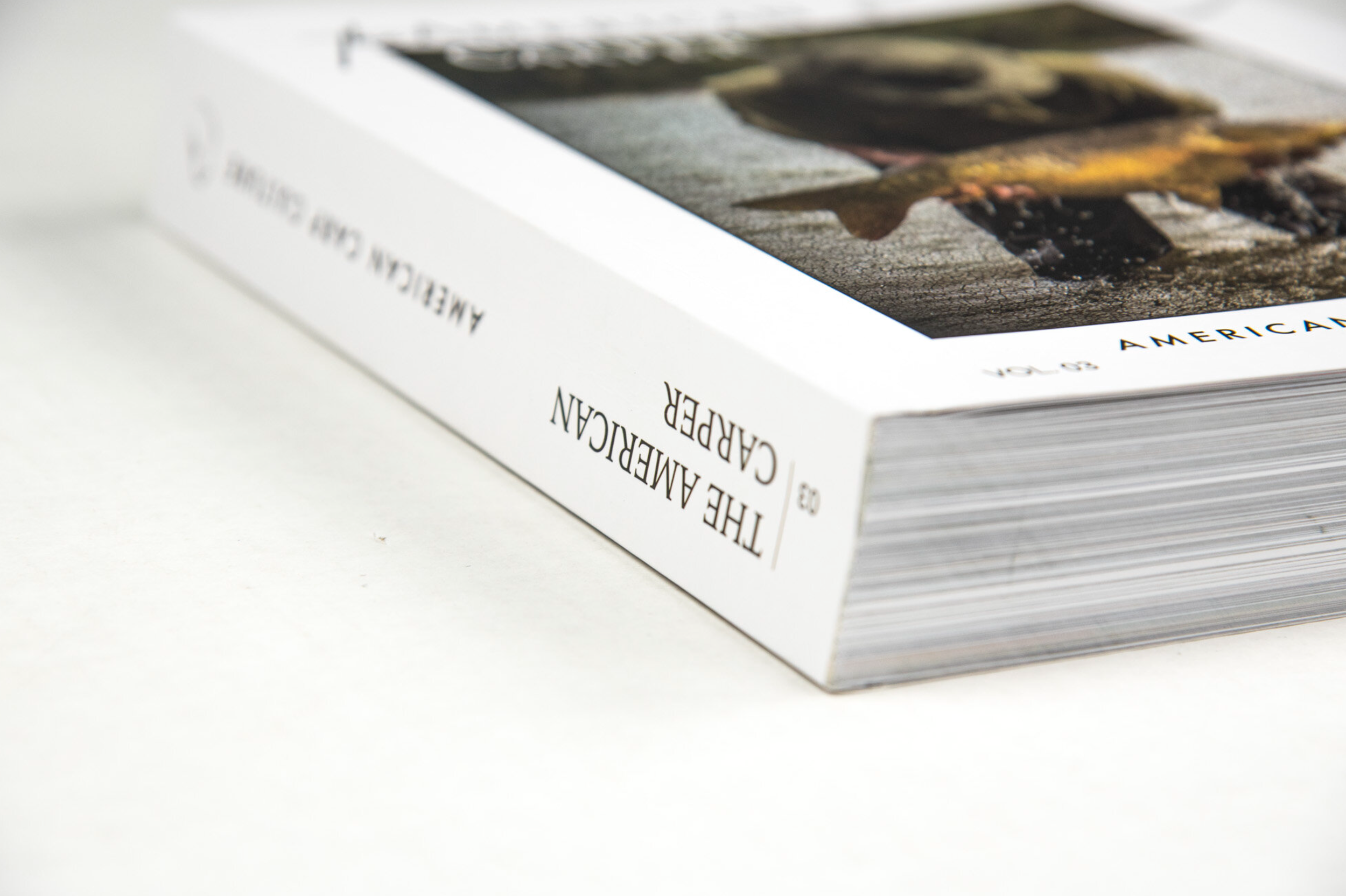dennis leeflang
Featured as our Angler of the month for March on the home page of the website is Dennis Leeflang from Southern California! A native from Holland, Dennis is a dedicated carp angler and very active on the California circuit….Fishing some of the harder lakes in the area, he has produced some incredible results over this past year. Thanks for the support Dennis and best of luck for 2023 bro!
Click HERE to check out his insta page!
NOTABLE CAPTURES
We’re fortunate that we get to see the best carpy pictures from all over the USA from our members and friends. These photos below certainly caught our attention in the month of February! Congratulations to everyone on the success of their angling sessions this past month…We appreciate all of your tags and mentions, and can’t wait to see what you guys and gals catch this coming Spring season! Don’t forget to tag us #americancarpsociety #jointheguiltyones and tag american_carp_society in your stories!
• JC
• Hunter
THE MAPEX RANGE - SEAN MANNING
Carp flavors and feeding stimulants are numerous in their make-up, background and actual ability to stimulate feeding in wild fish. Many times the flavor of the product can be more so for the ‘Angler’ than the fish itself… this can be seen with high quality non flavored food source boilies that can catch large fish on a consistent basis as well as having some incredible smelling commercial baits that appear not to do as well. Ultimately the fish decide.
Carp, as humans, do have nutritional needs in their diet and will actively seek out these food sources in their daily forage, natural habitat and feeding patterns…there are naturally occurring triggers in nature that will stimulate feeding in the species.
Undertaking the task of creating a new carp bait is not as straightforward as many might think. Having had numerous conversations with others in the past in what constitutes a high quality food source bait for the species, and both the positive and negative attributes of commercially rolled mass produced baits, we set about the task of combining a bait that would be recognizable instantly to the fish as a legitimate food source, that also included a balance of trace minerals, protein, fats and amino acids with a high level of attractant and a unique flavor.
The bait would have to be ‘all seasonal’ and viewed legitimately by the fish as a genuine ‘food source’ with a very high nutritional value in order for them to actively seek it out throughout the year.
Carp have no stomachs to digest food and so the food that they eat travels directly into the intestine….Now that’s something worth thinking about when considering the human stomach contains acid that can actually dissolve metal! We use our stomach to breakdown the food so that it can be used in our bodies and converted to energy etc…that’s where most of the work is done. The carp do not have that luxury.
Carp eat hard shell muscles, crayfish and a number of other mollusks as well as live fish…with no stomach to digest it, and so the enzymes within the intestine have to break down the food in order for it to be absorbed into the carp’s body. There is no doubt that they are attracted to amino acids (there have been multiple scientific studies on this) and so the right balance of fat, protein, minerals and amino acids in a bait has a direct correlation to both its long-term effectiveness as well as its attractiveness to the fish.
There are some flavors and bait combinations that will catch pretty much anywhere initially…and there are others that will not. Coming up with something ‘new’ in this realm is not for the feint of heart. We have been lucky ( ‘Lucky’ actually means countless hours of research, failure and hard work! ) with all of our baits in the Barnaby’s Revenge Range as they ‘tick all of the boxes for us’…The new ‘MAPEX’ ™ range fits well into that category and will be equally as effective in both the summer and winter months.
Remember that carp are a cold water species and their metabolizing and ability to digest certain types of foods during the colder months is not the same as it is in the summer. Too much protein during the winter months in a bait can be simply too much work for them to bother with, given a choice. On the other hand a filler bait with little nutritional value won’t hold their interest for long during the late summer / autumn if they have other options. This is what happens when you hear about a bait ‘blowing’…It was initially very effective on the water….and then just dies. You have to have something that will get their attention….and hold it.
I know Wayne has experienced this phenomenon fishing a lake where there was so much natural food present…the fish wouldn’t even look at anything on a hook…including corn, proving that their efforts were not going to be wasted looking at a boilie or a piece of corn, when there was a fresh snail bed to much on.
I recommend doing your research on this subject as there are a number of scientific studies (that all correlate with the bait experts in the field) that edify the above points made here. John Baker is a master on what constitutes a high quality flavor and so I would recommend that anyone with a serious interest in bait check out anything he has written on the subject…remember that the fish’s perception of a high quality flavor may differentiate from your human nose telling you what is!
Scientific studies that have been conducted on the species are the best unbiased and honest resource for understanding their diet requirements and what they are really attracted to….this will help with understanding also the difference between a high quality bait and one that may not be as effective over the long run.
Simple corn and tigers are of course always a solid ‘go-to’ bait for carp bait….but when you are able to turn them onto a high quality bait that they are actively looking for, you do have a higher chance of getting one of the really big girls…your average size will also increase. Hope this helps…
BARNABY’S MAPEX SPECIAL’S
The Mapex™ boilies are a very high quality protein based mix….Featuring a washed out pink color and our new MAPEX ™ flavor, we have utilized the highest quality ingredients available on the market today that have been packed into each boilie.
All products are handmade here in the USA.
Click HERE to check out the new ‘MAPEX’ ™ range on the store!
THE 2023 ACS WILD CARP CLASSIC
The 2023 ACS Wild Carp Classic tournament will be held in Syracuse, New York, Tuesday May 9th - Saturday May 13th. The tournament is a Big 10 format, with prizes awarded to the teams with the most combined weight of their 10 largest carp caught over 15 pounds.
The 2023 ACS Wild Carp Classic will be 76 hours with 40 teams.
All teams wishing to register for the ACS Wild Carp Classic can use the ACS store to secure their spot starting February 25, 2023 at 10:00 am EST.
Teams can secure a spot by paying the full $1350 registration amount per team or a $675 deposit (to hold a spot) with the remainder due by March 25, 2023 to secure the spot.
REGISTRATION INFORMATION:
Registration will be limited to 40 teams, unless new pegs are procured prior to the start of competition. Teams will be accepted on a first come, first served basis. Once we reach 40 registered teams a ‘wait list’ will be started.
Any team that makes a deposit and does not pay their balance by March 25, 2023 will forfeit their deposit. Any team that makes a deposit but does not show up for the tournament will also forfeit their deposit. Once we secure all 40 full teams any forfeited deposits will be added to the payout roster prize table for the tournament.
**PAYOUTS INCREASE AS WE BRING ON MORE SPONSORS BASED ON 40 TEAMS.
• NY State Record - $50,000
• 1st Place overall - $12,000
• 2nd Place overall - $6,000
• 3rd Place overall - $5,000
• Section A Winner- $3,000
• Section A Second - $1000
• Section B Winner- $3,000
• Section B Second - $1000
• Section C Winner- $3,000
• Section C Second - $1000
• Largest Common Carp - 2 ACS MIA hand-built Century Rods. ($1000)
• Largest Mirror Carp - Solar Tackle Worldwide Pod ($600)
** OVERALL WINNERS ARE NOT ELIGIBLE AS SECTION WINNERS.
Partnership with Solar Tackle
#americancarpsociety THANK YOU!
A big thanks to everyone that supports The American Carp Society, both here in the USA and overseas….the #americancarpsociety is now at 27,138K. The more that we spread the word, the higher the profile that our beloved quarry has in the USA - THANK YOU!
PrairieBanx 2 - Paul cioca
Three years ago I bought my first drone, a few months later I filmed and posted my first video to YouTube. For quite some years prior to starting I dreamt about going on adventures and creating videos like Carl & Alex and Alan Blair.
Today I get to announce PrairieBanx 2. Furthermore it will be posted exclusively on Cypography & KWO under a new series called "Canadian Stories.”
This is an extremely bittersweet moment for me, I am beside myself that I have an opportunity to showcase my Canadian adventures on these "Netflix of Carpfishing" platforms amongst many anglers I admire and hold alot of respect for. On the other hand I feel a little conflicted with these videos going behind a monthly subscription, I never was and never will be creating videos for monetary gain but out of my passion for carp angling. This opportunity though is one I cannot turn down.
I want to thank everyone that has been supportive, and took the time to send me a message or left a comment on my videos as these things helped me keep motivated to make better videos and ultimately lead to this moment.
Last, but not least, mega big thanks to Ryan Ginter and Anthony Russell for helping make the PrairieBanx series possible, can't wait to film the next one.
Click HERE to visit the Cypography website!
COMING SOON!
Early Spring - luke wilson
Catching carp in the early stages of spring is difficult but not impossible. The weather is still cold and gray, oftentimes miserable, teetering between the desperate holds of winter and the warming of the spring sun. Water levels are substantially higher than normal. The feeding carp are lethargic, and even harder to convince. To catch carp in the early stages of spring, dedication is needed. Don't expect to catch the loads of carp you would in the middle of summer. You may see plenty grouped up or you may see none at all. But, I have seen some of the biggest carp in the early spring as well, so the payoff is well worth it. If you're like me, then you've got that itch. The itch to be back out doing what you love so much, no matter the results or the weather. So here’s what to expect, and a few tips I can share with you.
One of the hardest parts about early spring carp fishing is finding the carp. This is for multiple reasons. The water levels are pushed way up from the melting snow and the freezing rains. The borders of the water are expanded. In the cold waters of early spring carp are usually in crowds gathered in one place. With those two factors alone, finding the spots where the carp are may become different than how you would in summer. In the cold, the crowds can often be found in somewhat deeper water. As long as the water is not too high, I like checking where the old water levels sat for the crowds of early spring fish. The common denominator for grouping carp is a deeper hole with timber or structure. When the sun comes out or the temps have been on a rise for a few days, this is when you should be looking in the newly formed shallows from the high waters. This is usually when I find the lethargic carp feeding the best. You'll normally see the carp in tightly packed groups, but in the shallows they start to split apart and this is when they are able to become targeted individually. The key to catching carp on the fly this early is to find the feeders. Most of the carp you see in the groups are not searching for their next meal, but instead staging themselves for the upcoming spawn. The shallow waters often have grass or undergrowth from when it lay above the water. In the shallows the grass or undergrowth, in combination with it typically being still and shallow, means these waters easily heat up in the sun and that attracts many fish. Water temps have much to do with their behavior this early in the year, so look for particular spots with more sunshine than others that allow those locations to warm up faster than others. The North side usually gets more sun in the spring in our hemisphere so it's a good spot to start looking. I tend to have the most luck spotting carp when the temps are on a rise for a few days in a row. Look at the overnight temps too. If the overnights are all higher than the last, that's more time for the water temp to rise. That with a combination of sunshine and the right location could be the peak chance to spot some carp.
The best way to find the carp this time of year is to keep those in mind, and to just get out and look for them. You're not going to find any staying inside! Take walks and just spend time looking. You don’t have to be fishing to be looking. I enjoy just going for walks to scout as well. All your time out is only benefiting your chances of finding the spot they are holding. You get to see the water, the weather, and the fishing all change with the season. It may be tough, because you may see many spots, but since they group up, the carp are not up and down the creek or lake. Instead, they usually are in a few extraordinary spots. The population of fish becomes very much condensed. The good part is once you find the spot they usually stay there until the temps have reached a steady warm.
To trick these lethargic carp, you have to know that these fish are not going to be chasing flies. They want to conserve as much energy as possible while eating something as fulfilling as possible. Use flies that don't require a lot of movement on the fisherman’s end. No twitching or stripping. A drag and drop will be the most effective technique for this time. The carp are cold and slow, and really not all that willing to chase a fly so put it under their nose or in their path with a drag and drop. Cast past the fish and then slowly drag the fly to your desired location. Once it is under their nose or in their way, let it sit. Don't move a muscle! It may seem like the carp takes forever to eat your fly. They are going to hover over that fly for a while, and it will decide if it wants to pick it up or not. Twitching or striping will not improve your odds because you're just going to be pulling it away from a fish that doesn't want to chase. That is why it is so important to single out the feeders. Flies that have a lot of movement by themselves work best because you can leave it in front of them and the subtle motion of the fly can still attract attention despite remaining in one place. The food sources available to these carp is much different than it would be later in the year. Carp know what’s out so you have to be aware of the food sources. Crayfish work well later in spring, but when the waters just starting to warm up they aren’t out and about. So a craw fly is not going to fool them when the craws aren’t out. I like using a worm or a grub fly, they are typically one of the first food sources available when the ground begins to thaw. Those types of flies also work well because the worm or grub tail can move freely on their own. If I'm not throwing one of those, something with marabou also works well because they flow freely when still. In the shallows I like using a really light fly, not because it will spook them, they are lethargic and really don't want to move all that much until they are warm, but because they are easily sucked up into the carp's mouth. And of course in the deeper sections a heavier fly to hold its place while they sniff at it. The biggest tip to catching an early spring carp is to single out the feeders. They will be away from the group with their face down and tail up. These are the fish with the best odds of tricking. They will still move slowly and are still not likely to chase after your fly until the weather warms up a bit more.
My final tip is to be prepared for the weather. Early spring in my area means high thirties to high forties. Although it may feel really nice compared to the single digits, it's still cold. There's nothing worse than cutting a trip short because you're freezing your ass off. Bundle up and wear layers. You can always take layers off but you can't put more on if you didn't bring any extras. The ice is breaking and the waters are opening up. It may be tough, cold, and sometimes miserable, but the only thing stopping you from reeling in a carp is not being out there. Best of luck to all the people chasing gold in the early spring.
AMERICAN CARP SOCIETY’S FLY OF THE MONTH - NEW SERIES STARTING IN APRIL
By: Brandon Tourigny
One of the many wonderful things about fly fishing for carp, is that carp will eat virtually anything they can fit in their mouth. From great lakes sculpin, falling cicada flies, to mulberries, there isn’t many things a wild carp won’t eat. As fly designers this opens up a world of creativity to us! Each body of water that carp inhabit has its own unique forage the fish adapt to eating, and therefore we as anglers need to be ready to adapt as well. In order to keep your creative juices flowing in your search for new fly patterns, and fly tying designs, I give you the Fly of the Month Program at the American Carp Society.
With each new month’s Angler’s Insider, we will introduce to you a new carp fly. Each new article will teach you about the fly’s history and originator, the scenarios the fly is best suited for, and the materials needed to tie the fly. From there you will be able to go to the website and find full video tutorials on how to tie the fly yourself.
We are having a HUGE sale on our HARD COPY American Carper Publications for the month of January….RETAIL $65.00 - ON SALE $15.99!!! Click HERE to see them on the store!









